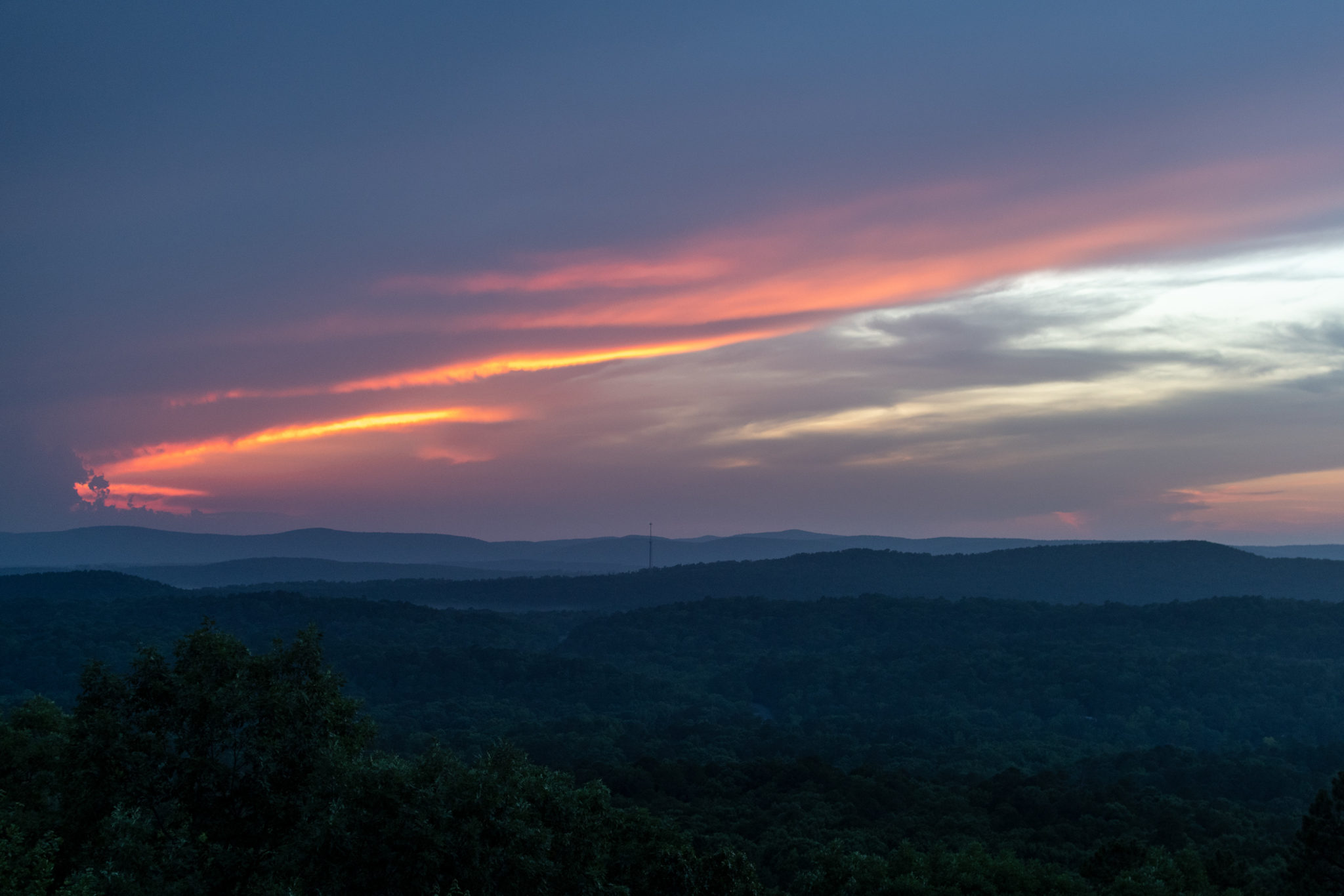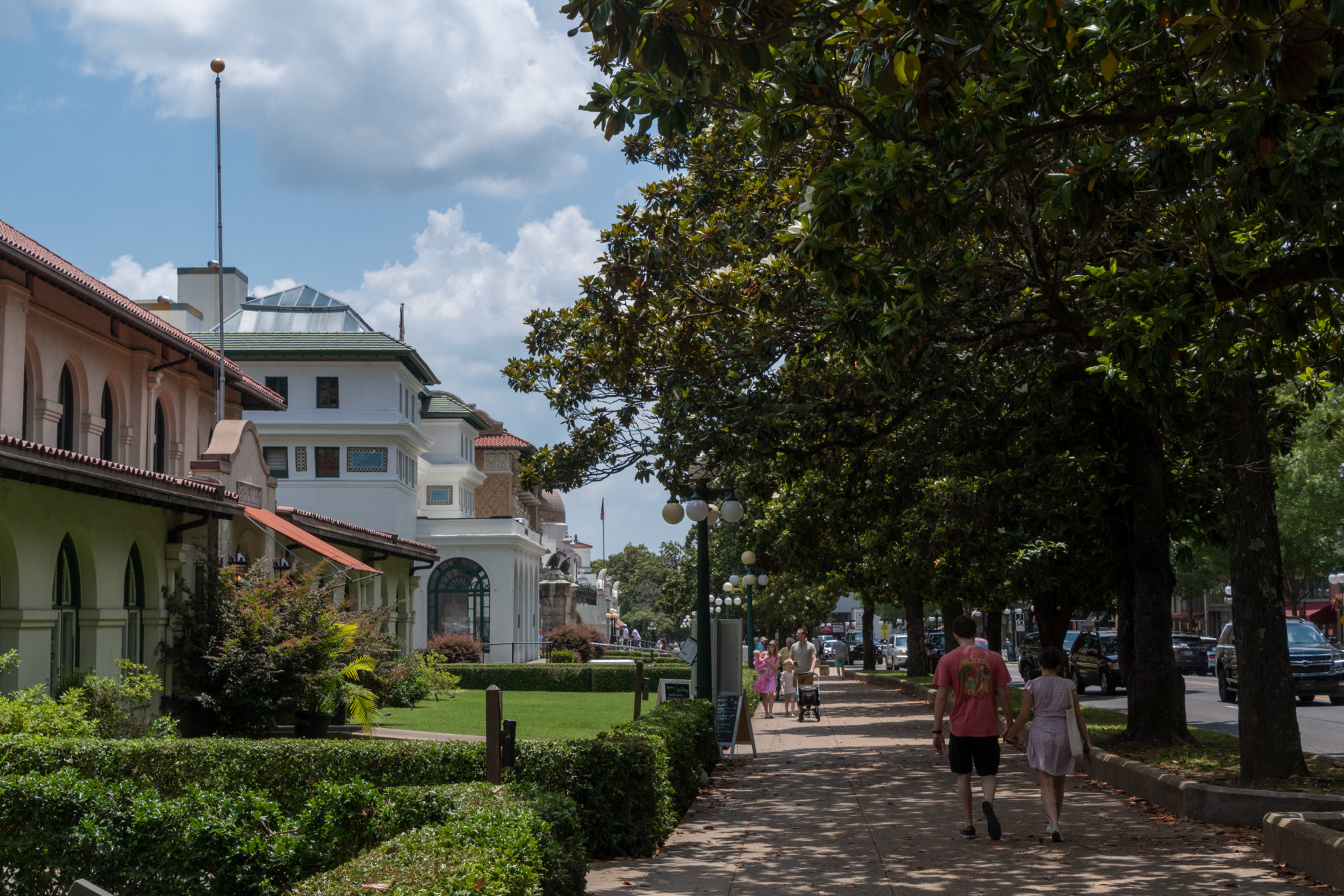
We spent the whole day in the park today, which it turns out, is even more of a town than I’d realized. Bathhouse Row is a tourist district that has grown out of the original strip of bathhouses and spas. Only two remain in operation as publicly accessible spas; the rest are hotels, historic museums, the Park Visitor Center, or abandoned.

What I would consider to be more standard National Park fare — trails, outdoor spaces, natural vistas — form an atoll of sorts around Bathhouse Row (Park Avenue) and downtown Hot Springs.
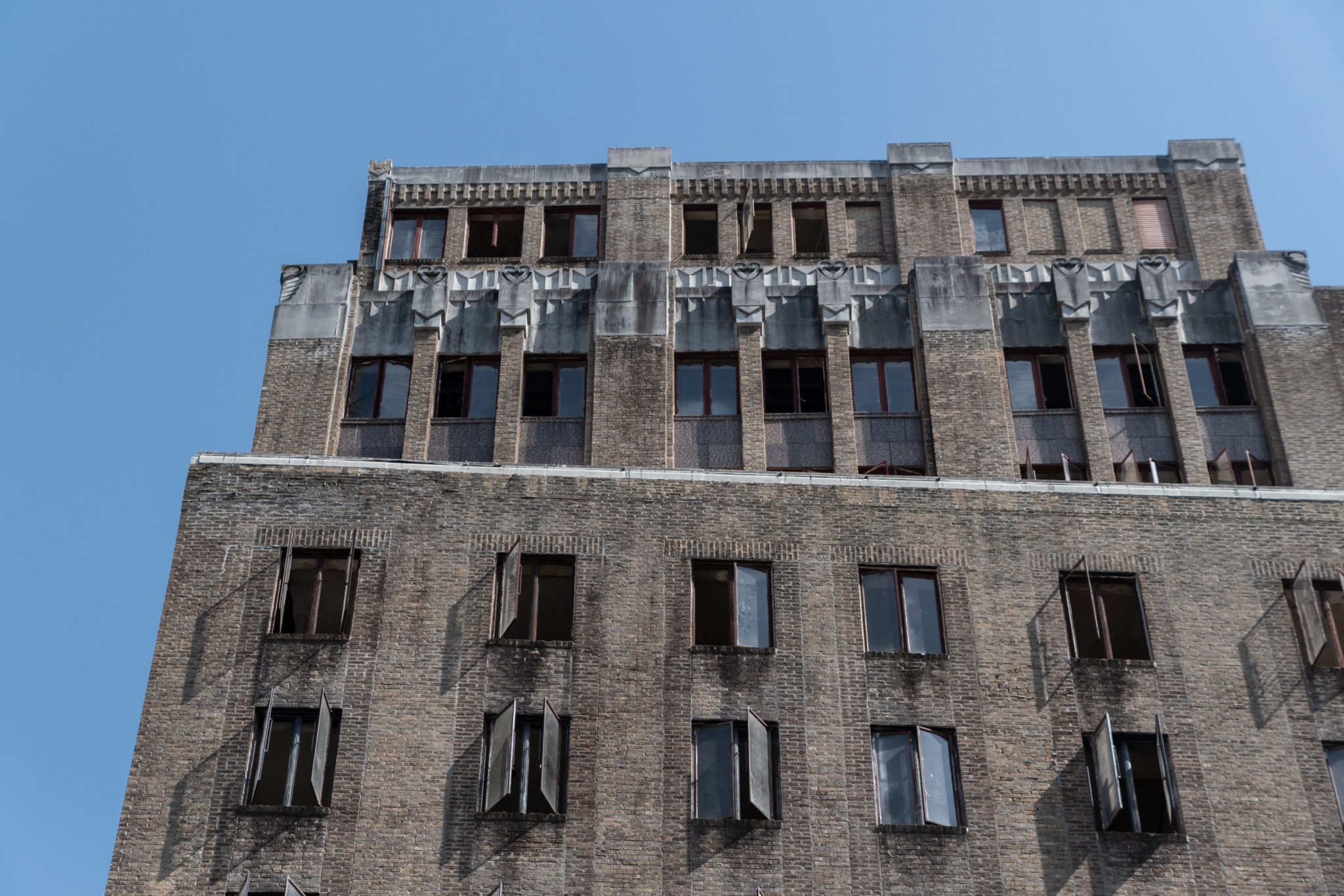
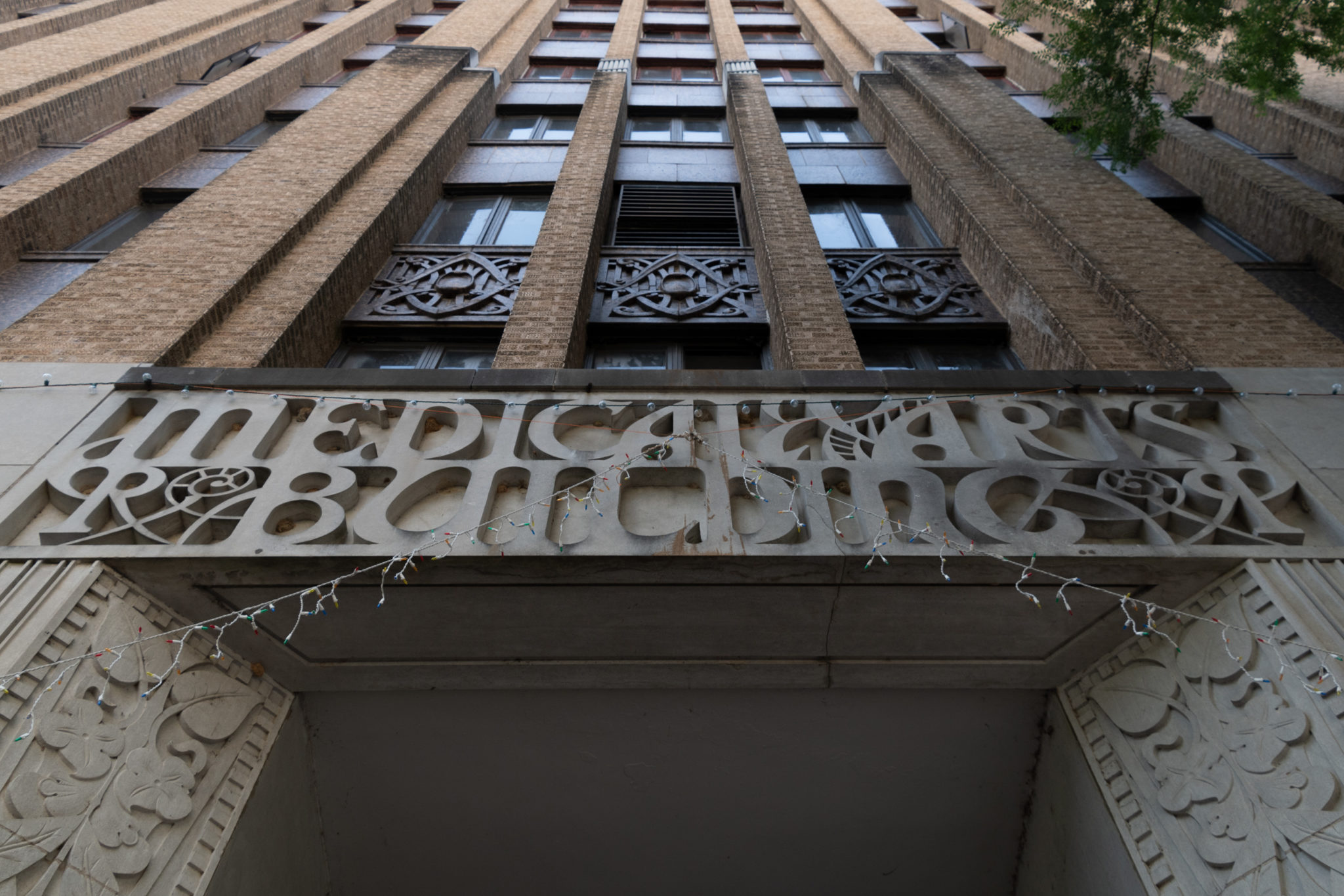
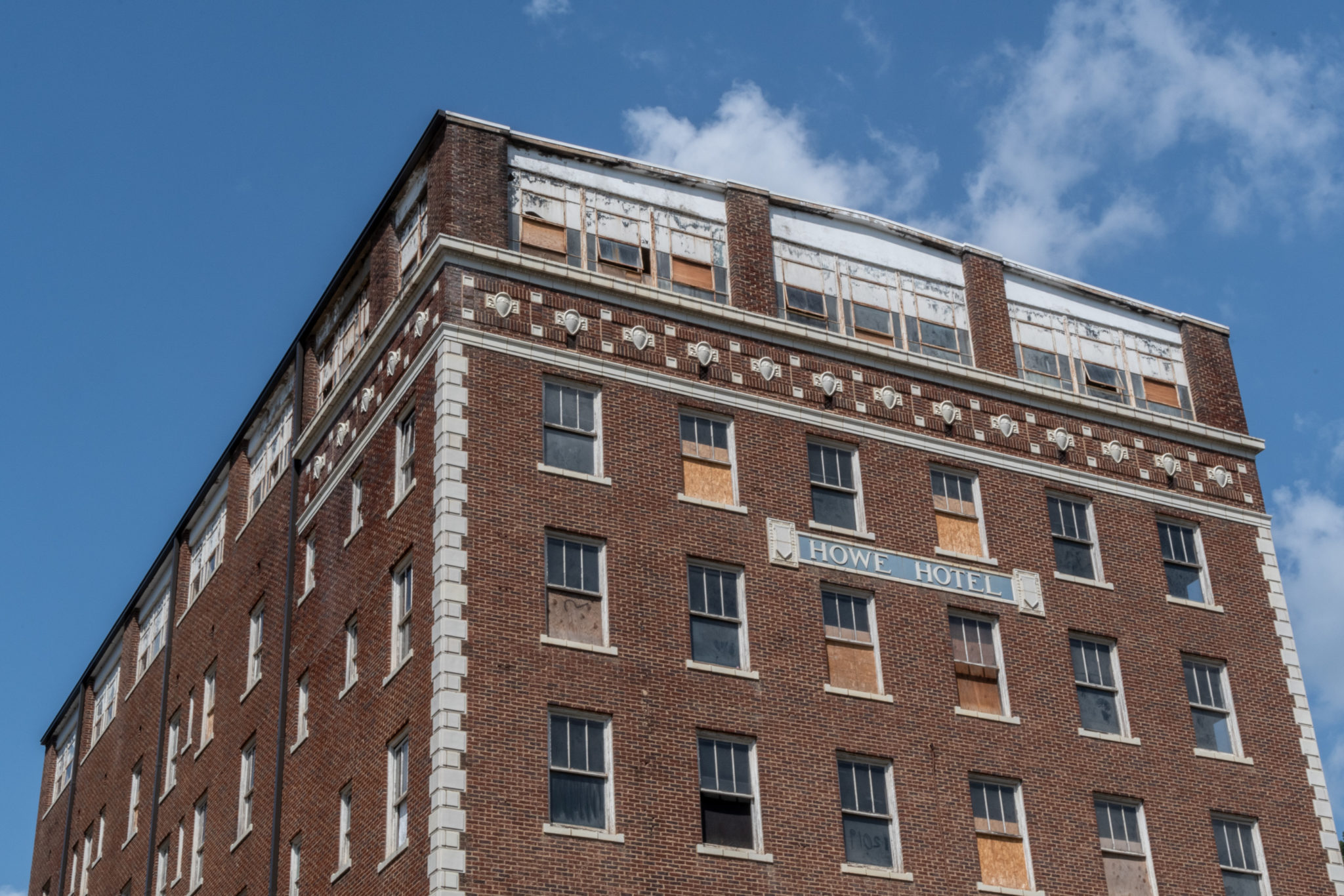
And even on the drive in, there was a theme of large abandoned buildings sprinkled throughout the whole town, even in the busier destinations. As we later learned, there are two reasons for that. First, through the early/mid 1900s, humanity slowly learned that spring water isn’t drugs. Second, prior to the automobile age, vacationers heavily favored destinations on major train “hubs” (which this was) and arrived by the trainful — which also faded as travelers has more destinations to pick from and arrived instead by the carful. Setting aside our draw to abandoned buildings, we fought our way into the crowd.
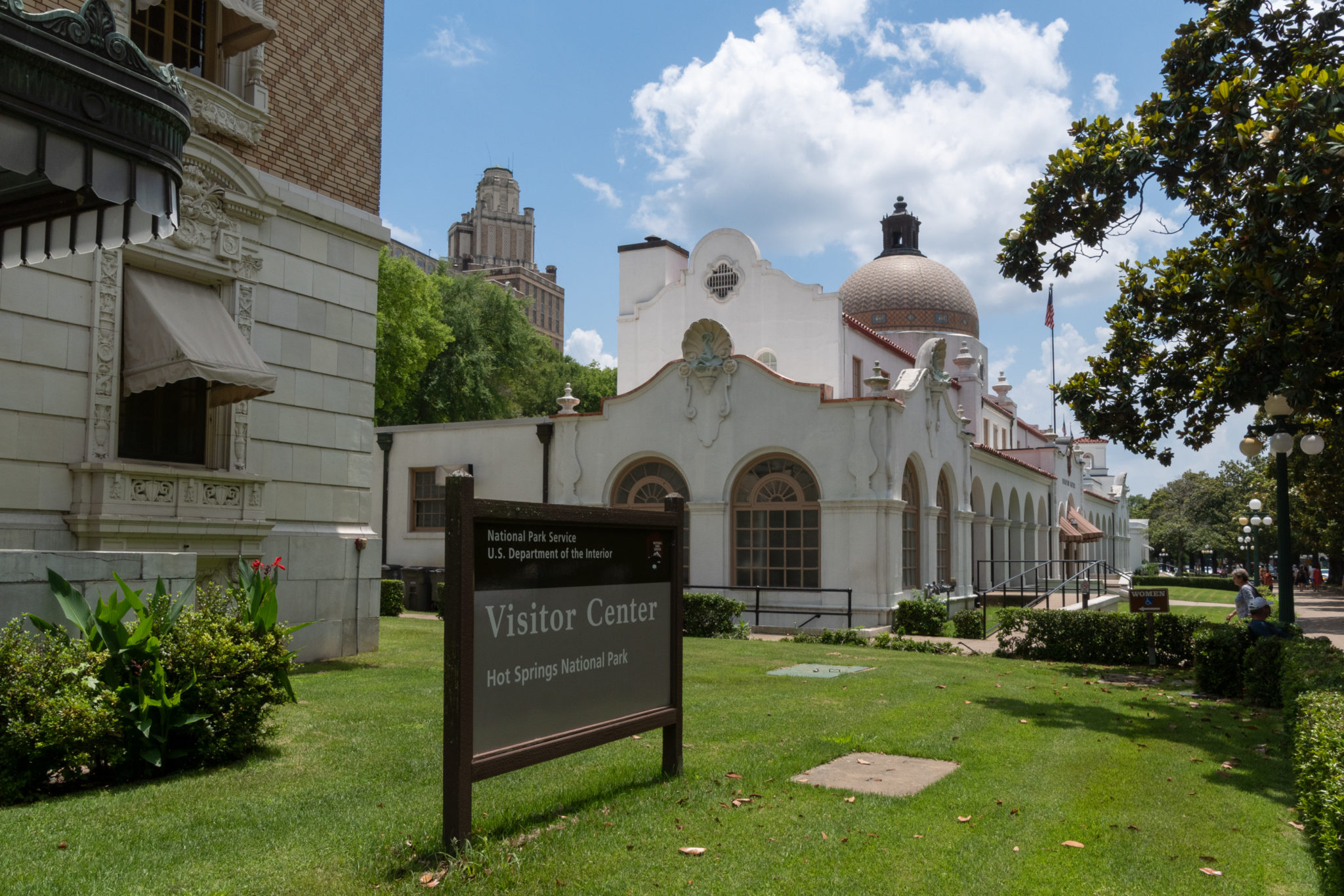
The Visitor Center is housed in the historic Fordyce Bath House, which originally opened in 1915 and operated until 1962, when it was the first bathhouse on the row to cease operations. Since the renovation in 1989, it has served as a museum. Normally, I don’t spend a lot of time in visitor centers museums, but I am glad we gave this one a thorough explore.
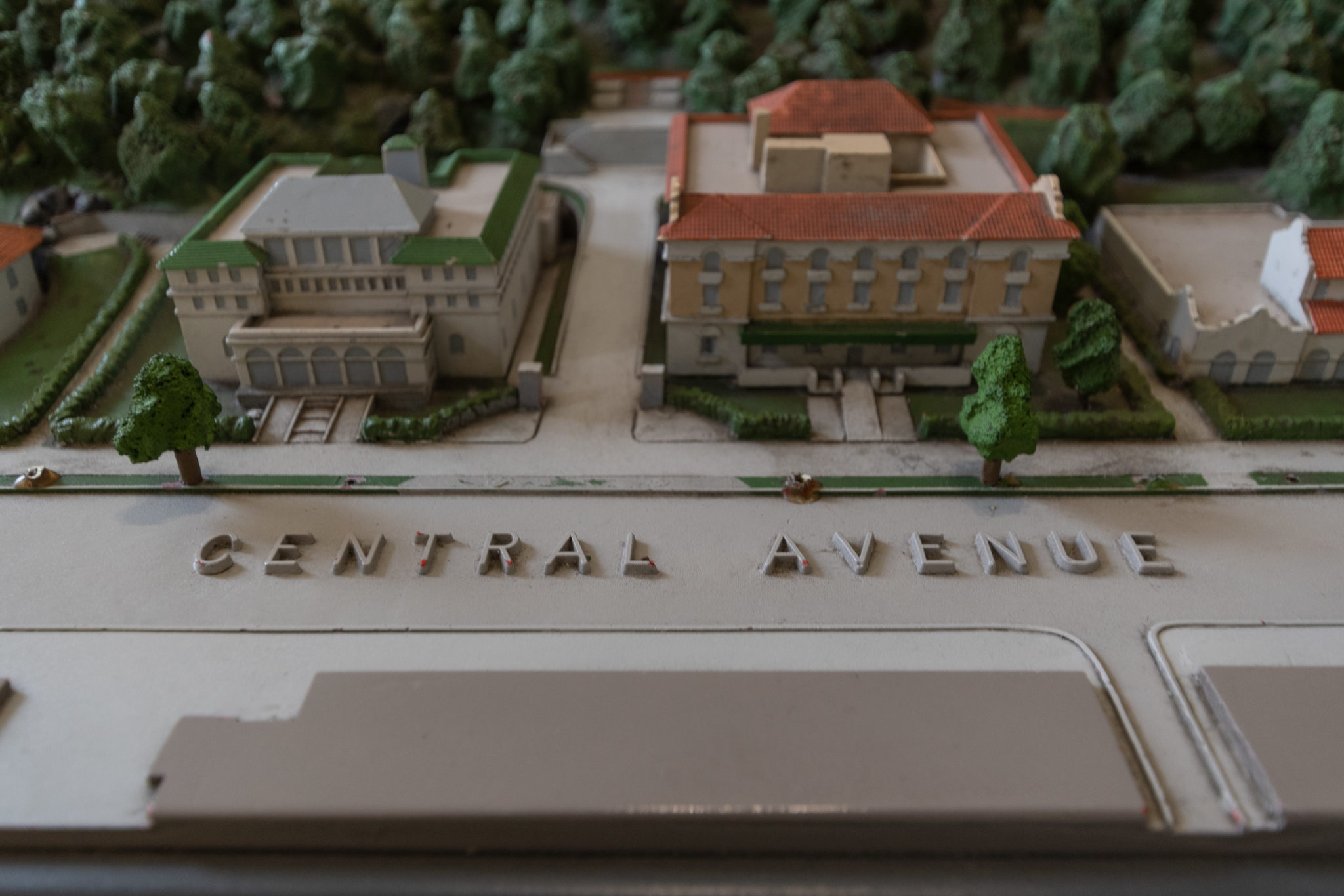
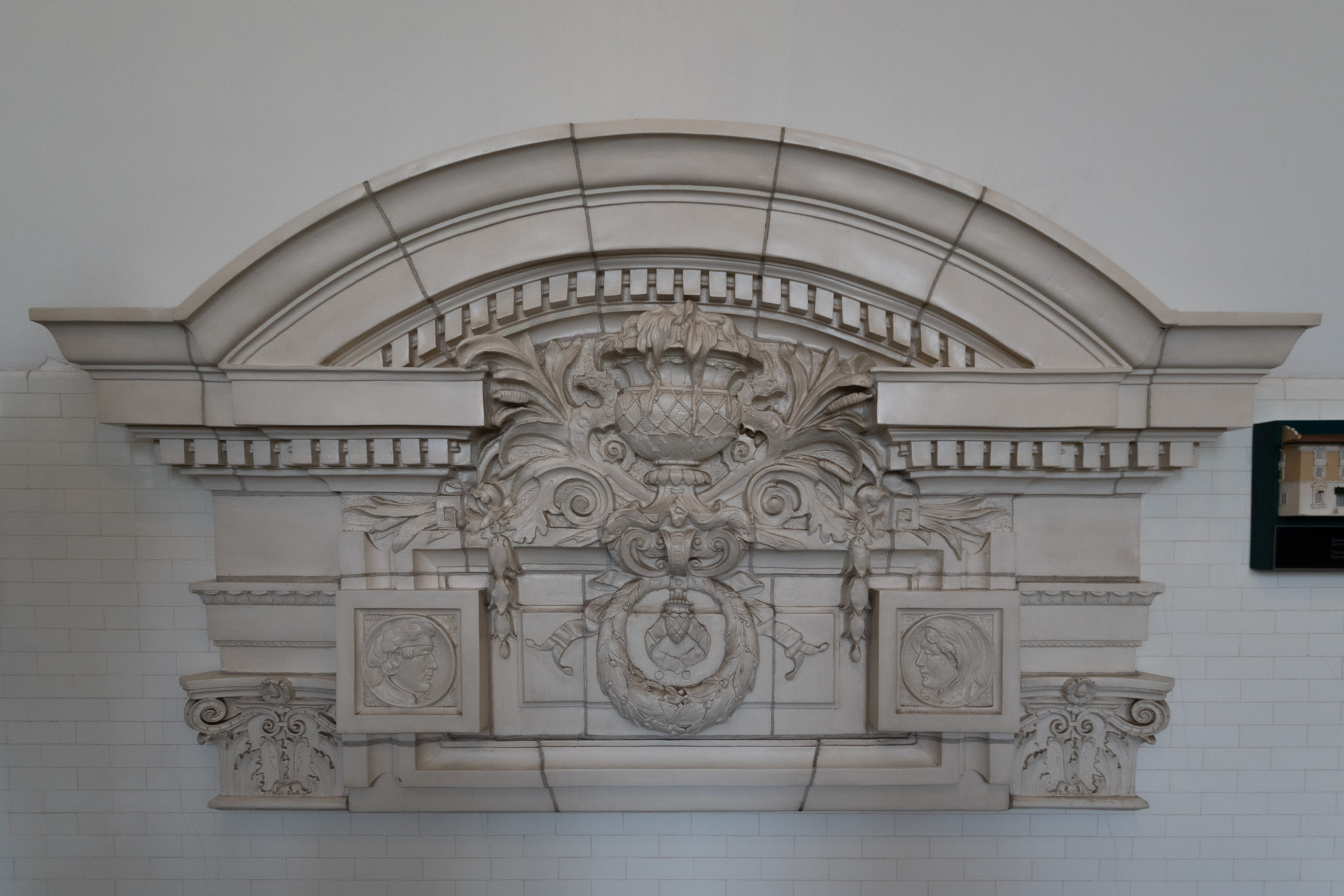
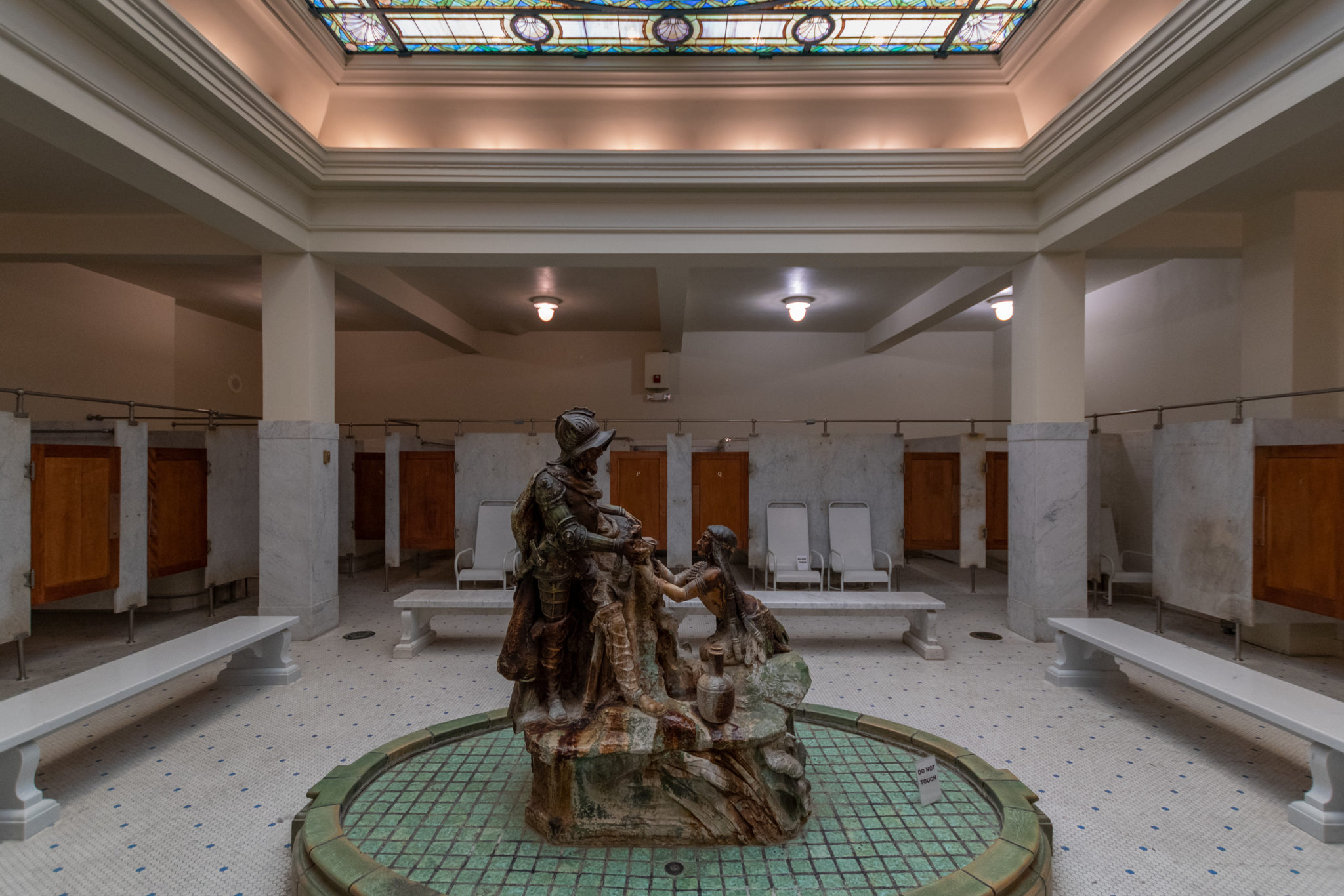
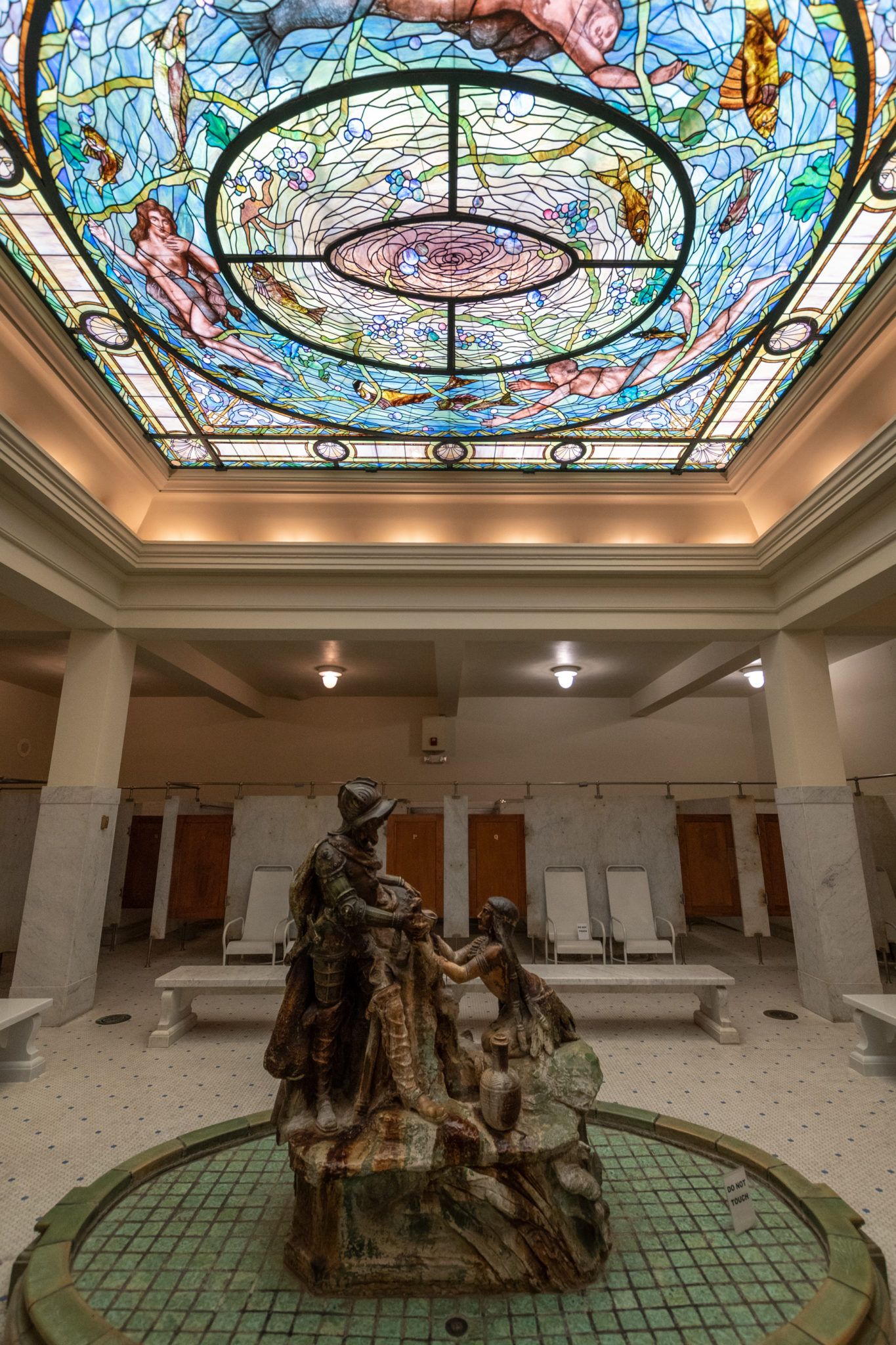
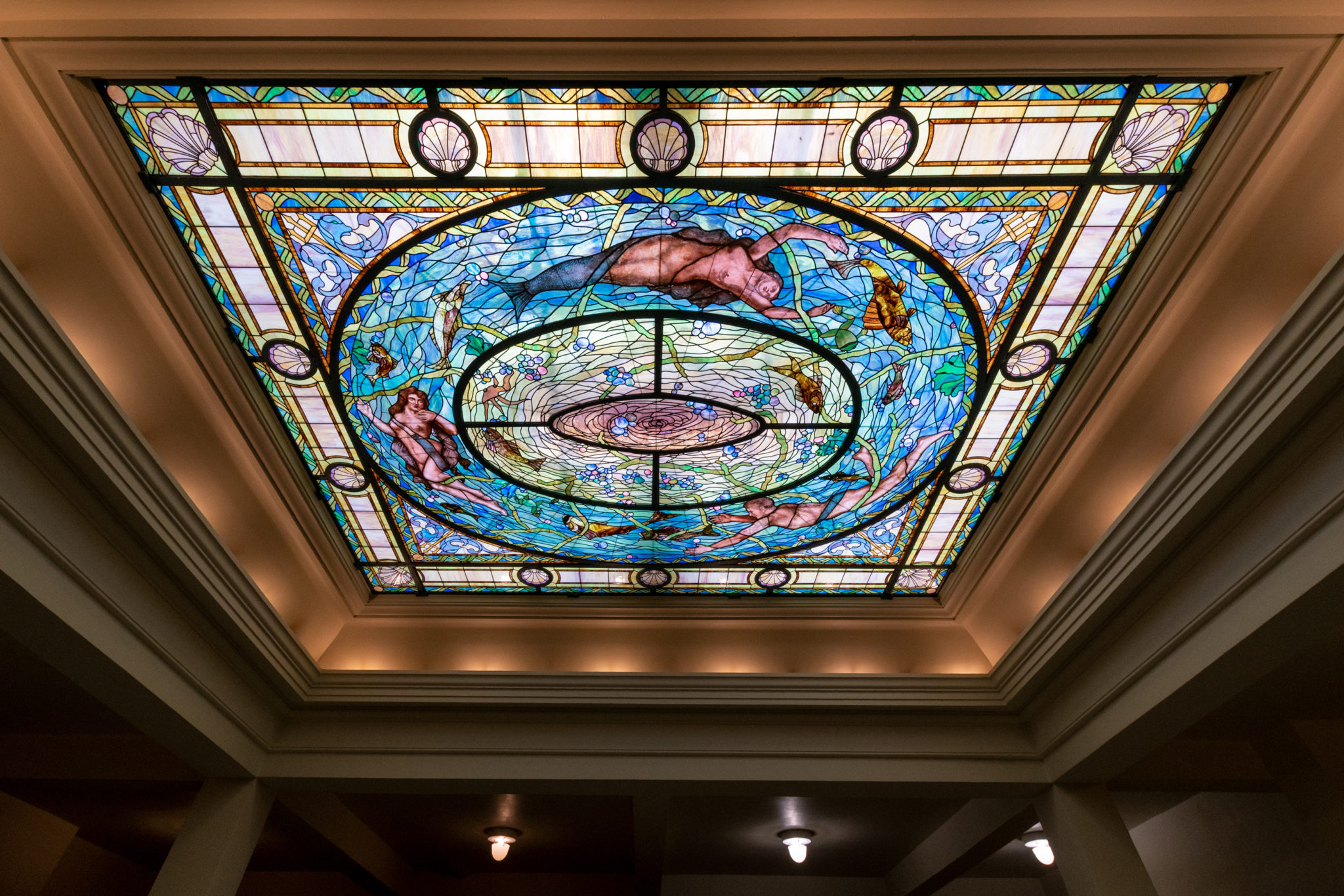

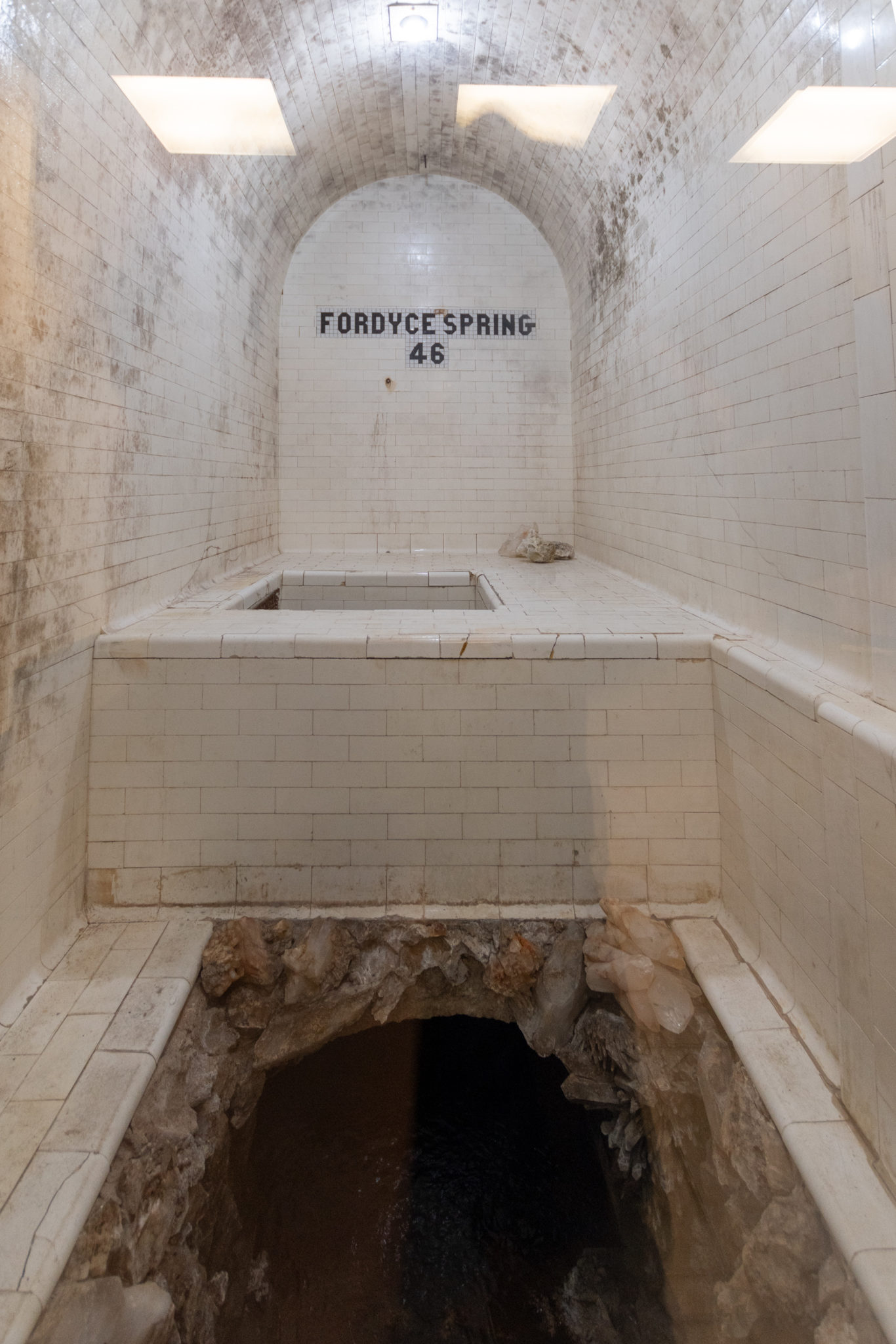

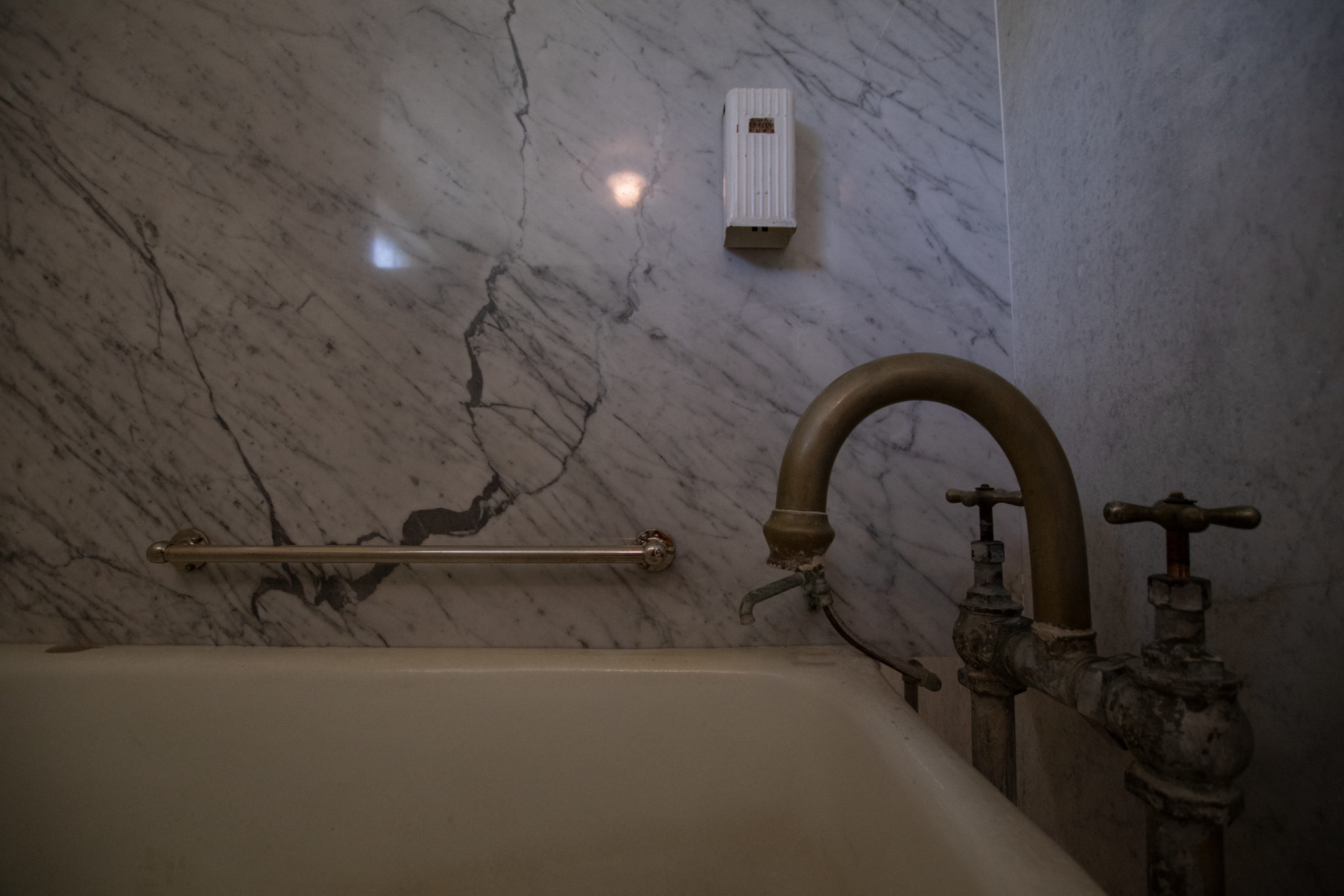
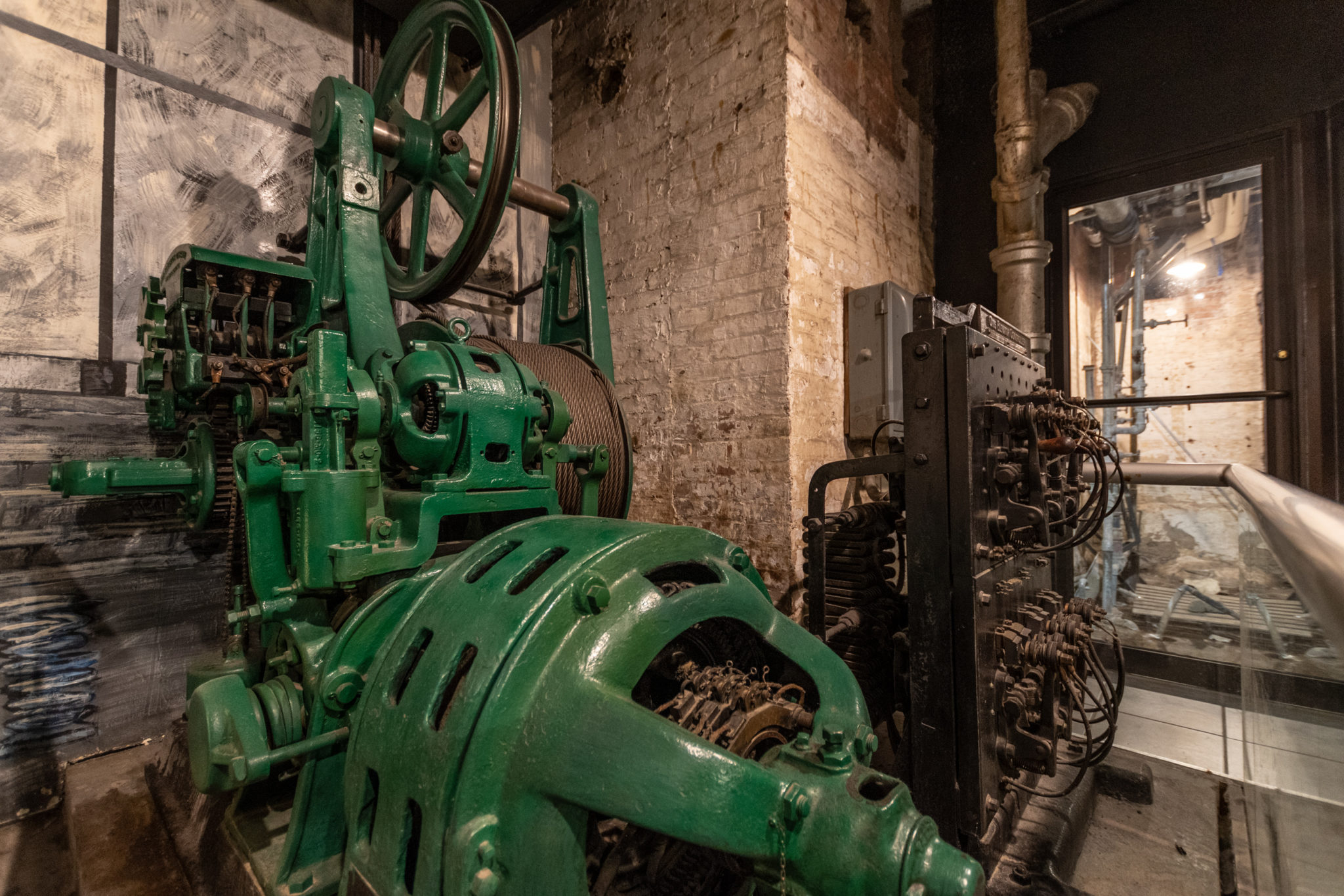

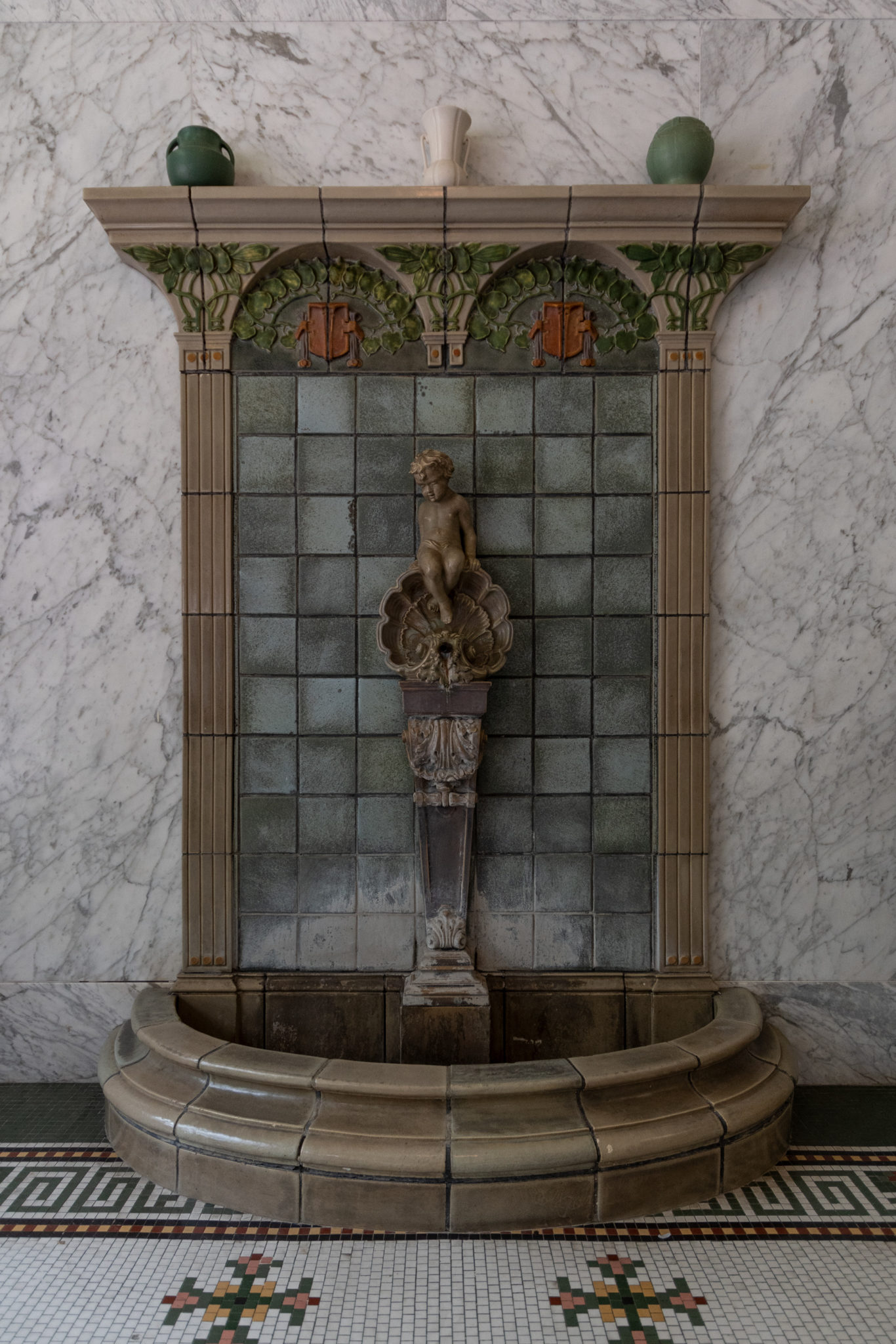
What I hadn’t realized is that “bathing” was not just an assortment of spa services, but also included several offerings that sounded somewhat more “medicinal,” in a suspect kind of way.
A feature of great scientific interest is the hydro-therapeutic room; … its equipment includes sun-ray cabinets, frigid cabinets, devices for sprays, douches, Sitz baths, electric baths, and the like.
Fordyce Booklet, 1915
I feel “and the like” is insufficiently dramatic to truncate that particular list. Evan had pointed to one of the hose attachments and said, “that one goes inside you.” I brushed it off as a joke, but apparently he was not wrong.
There were no known deaths by electrocution in the “electric bath” at the Fordyce, but the procedure has long since been abandoned.
NPS addendum to the above quote on the “Hydrotherapeutic Room” placcard.
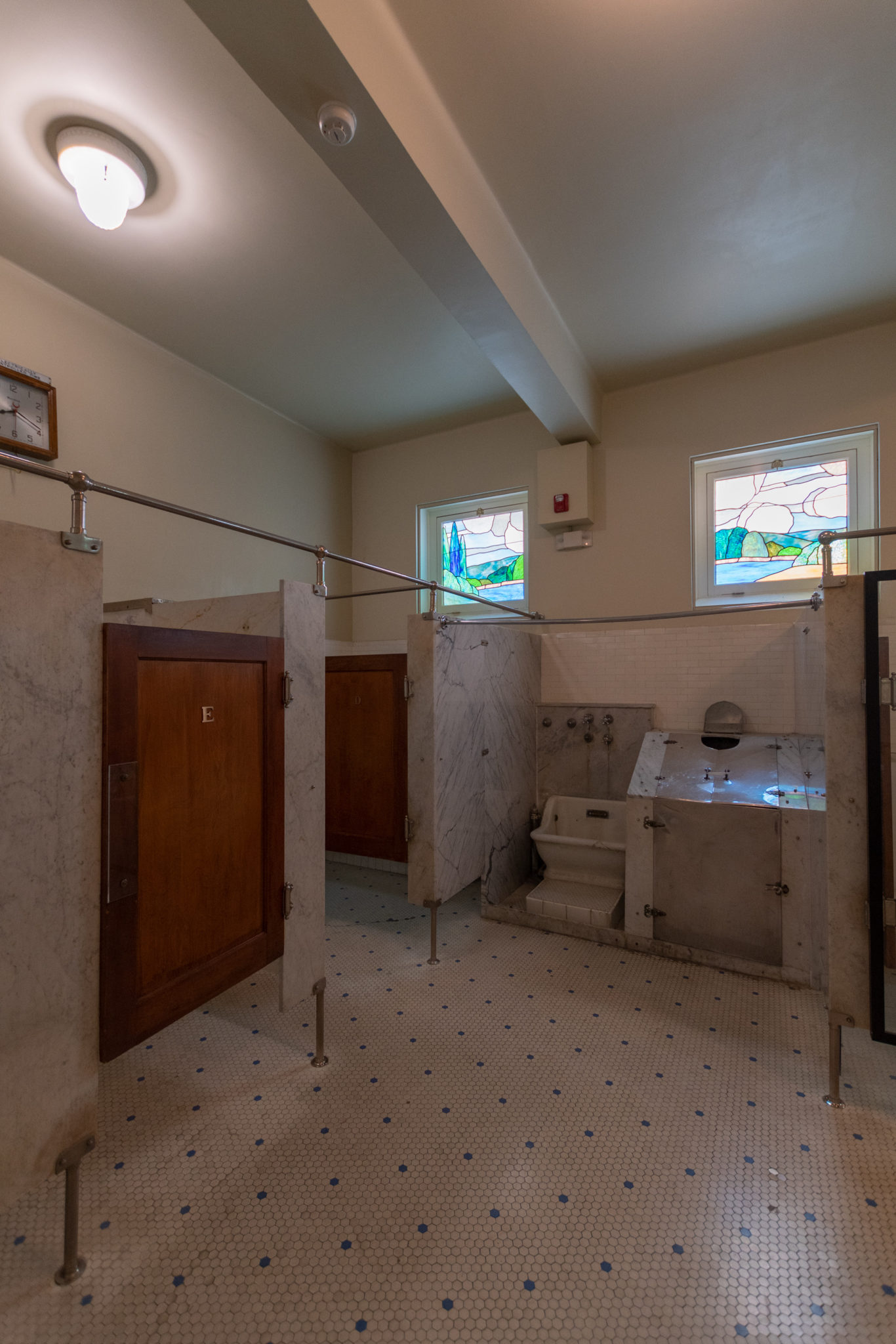
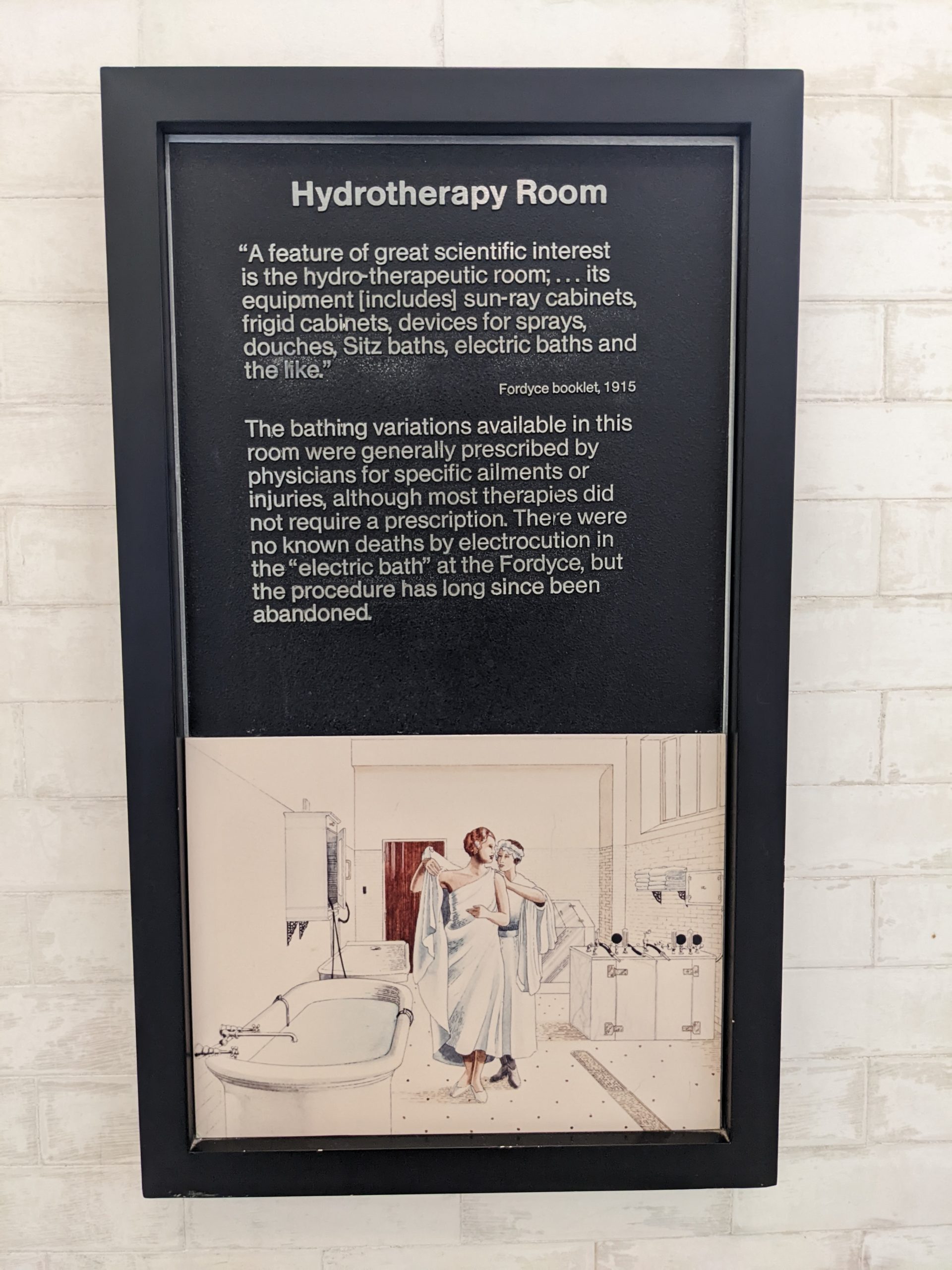
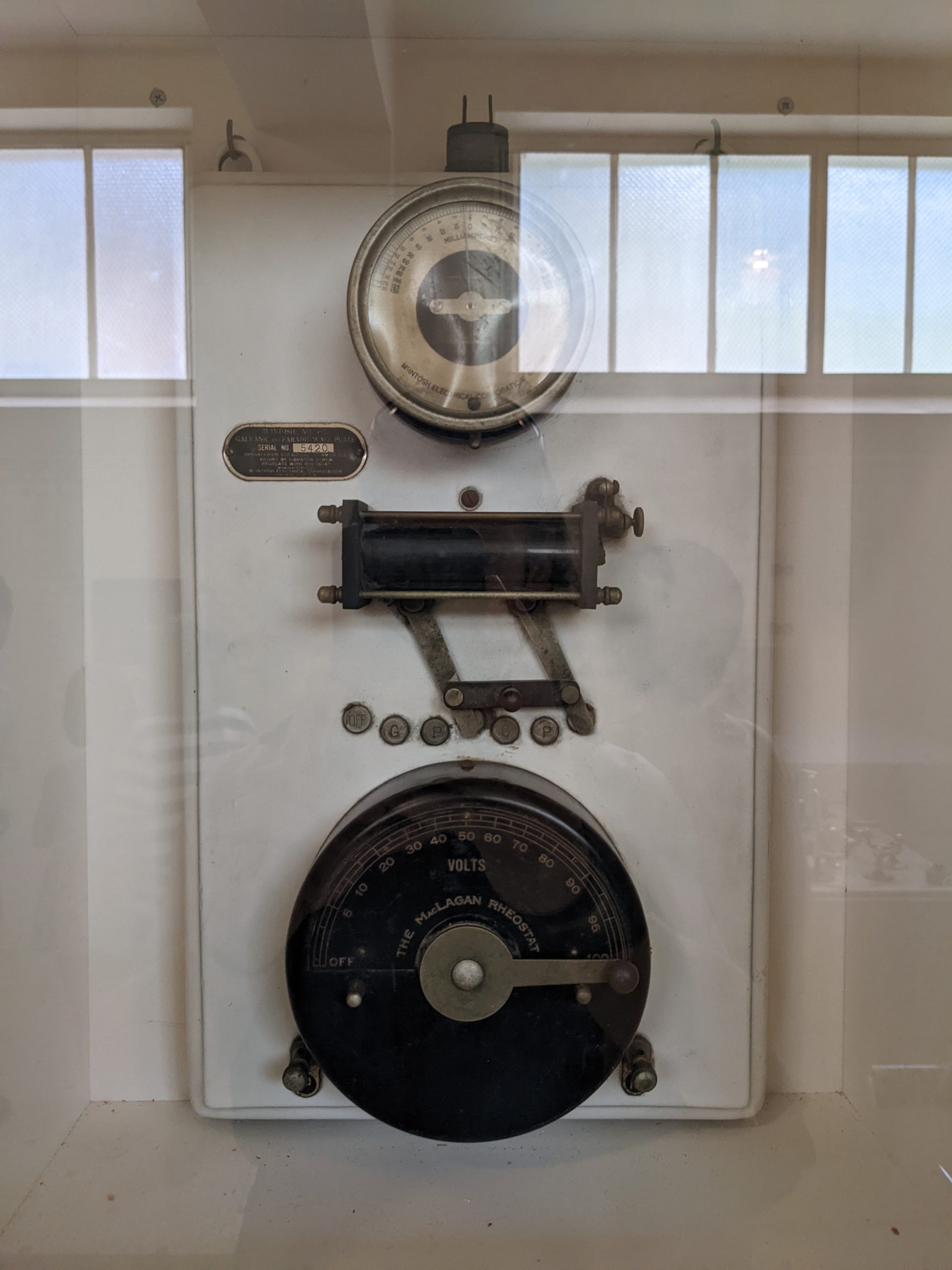
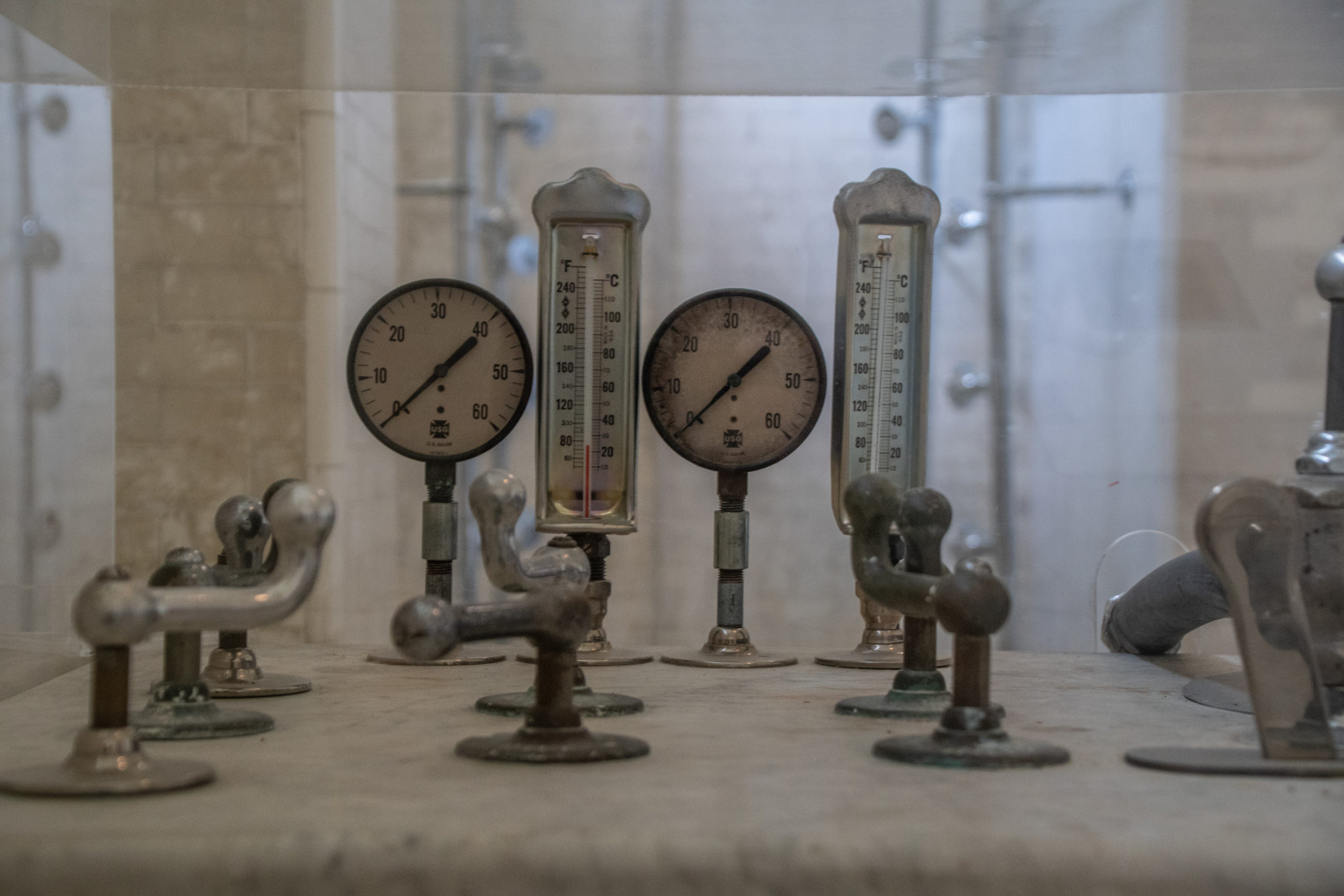
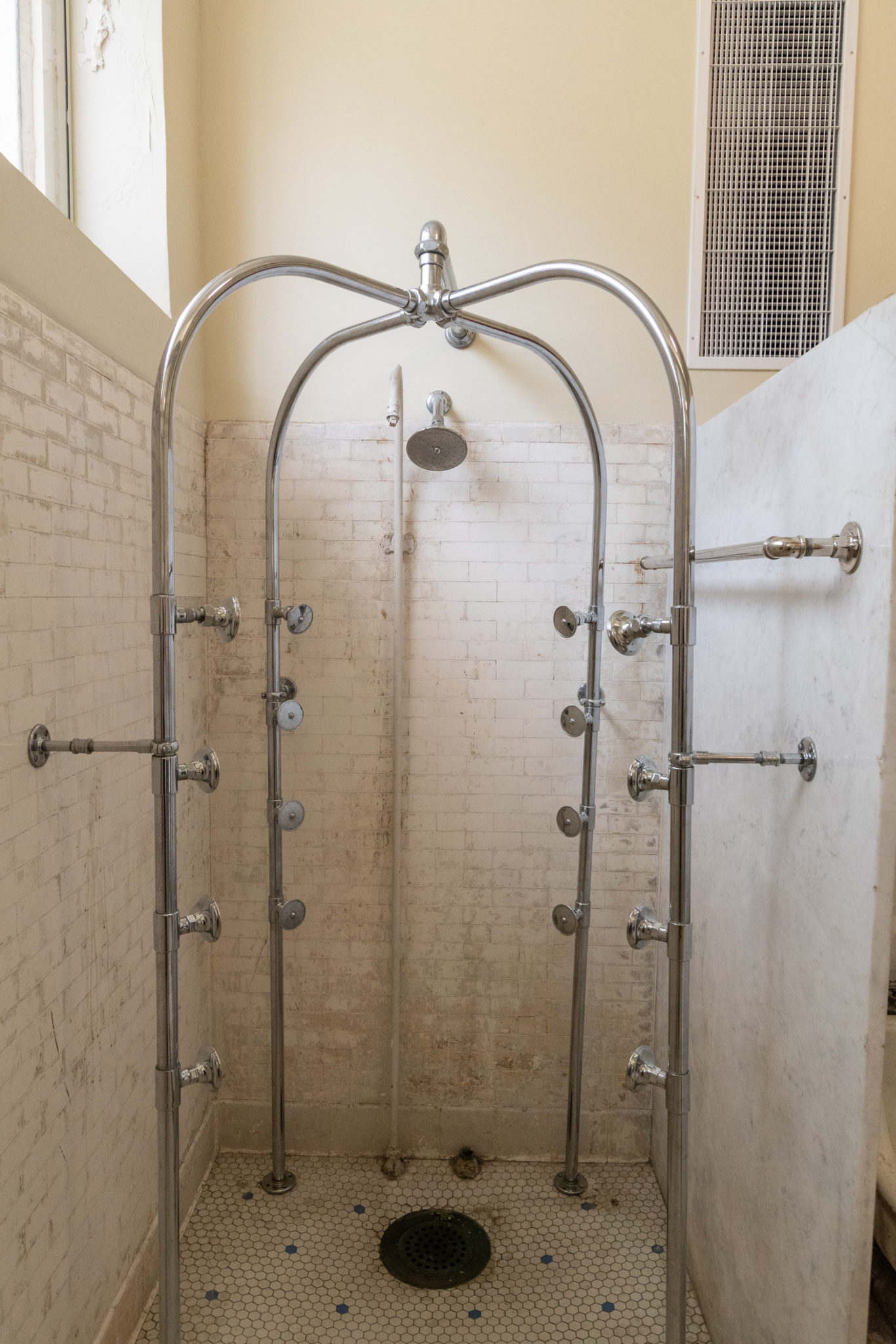
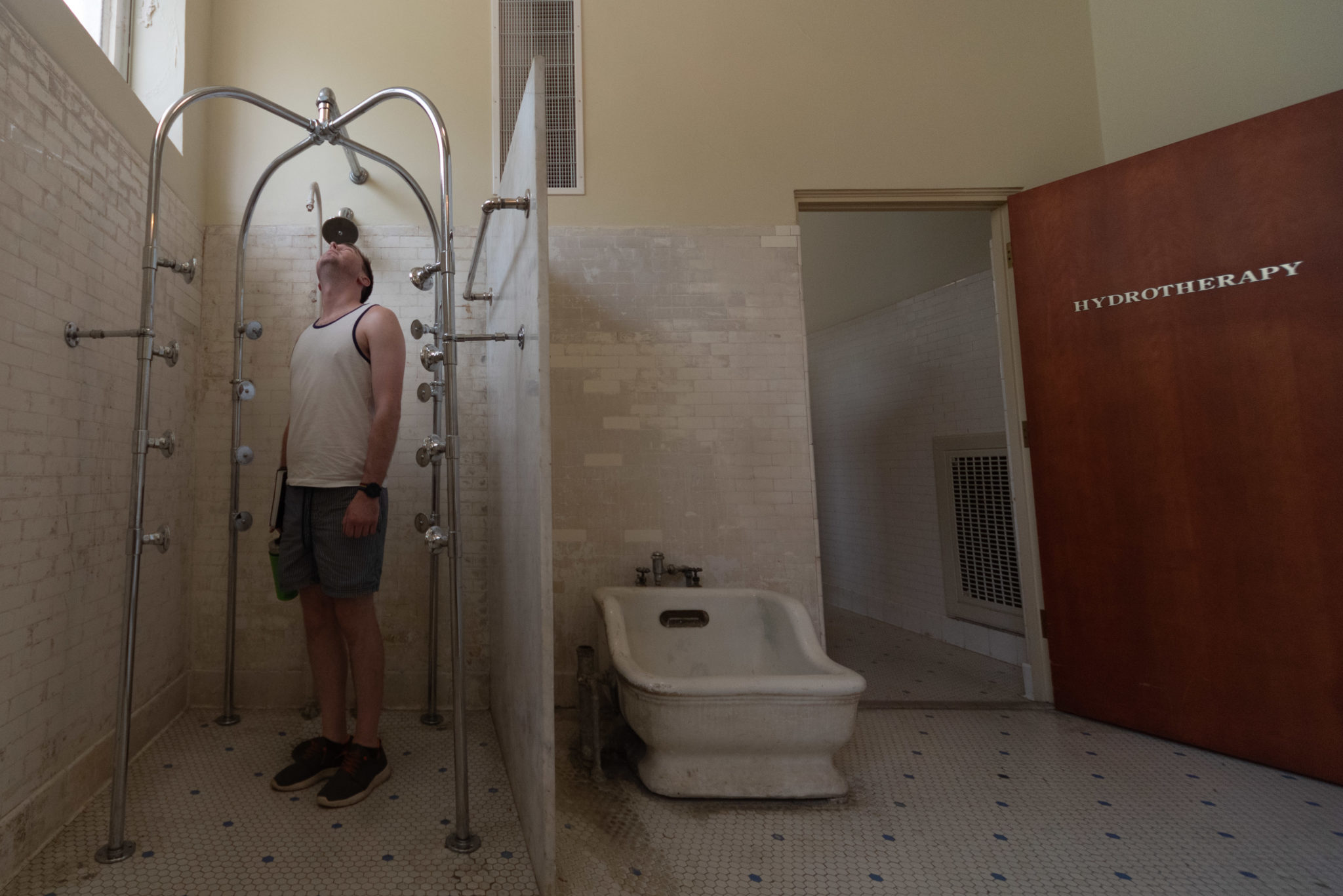
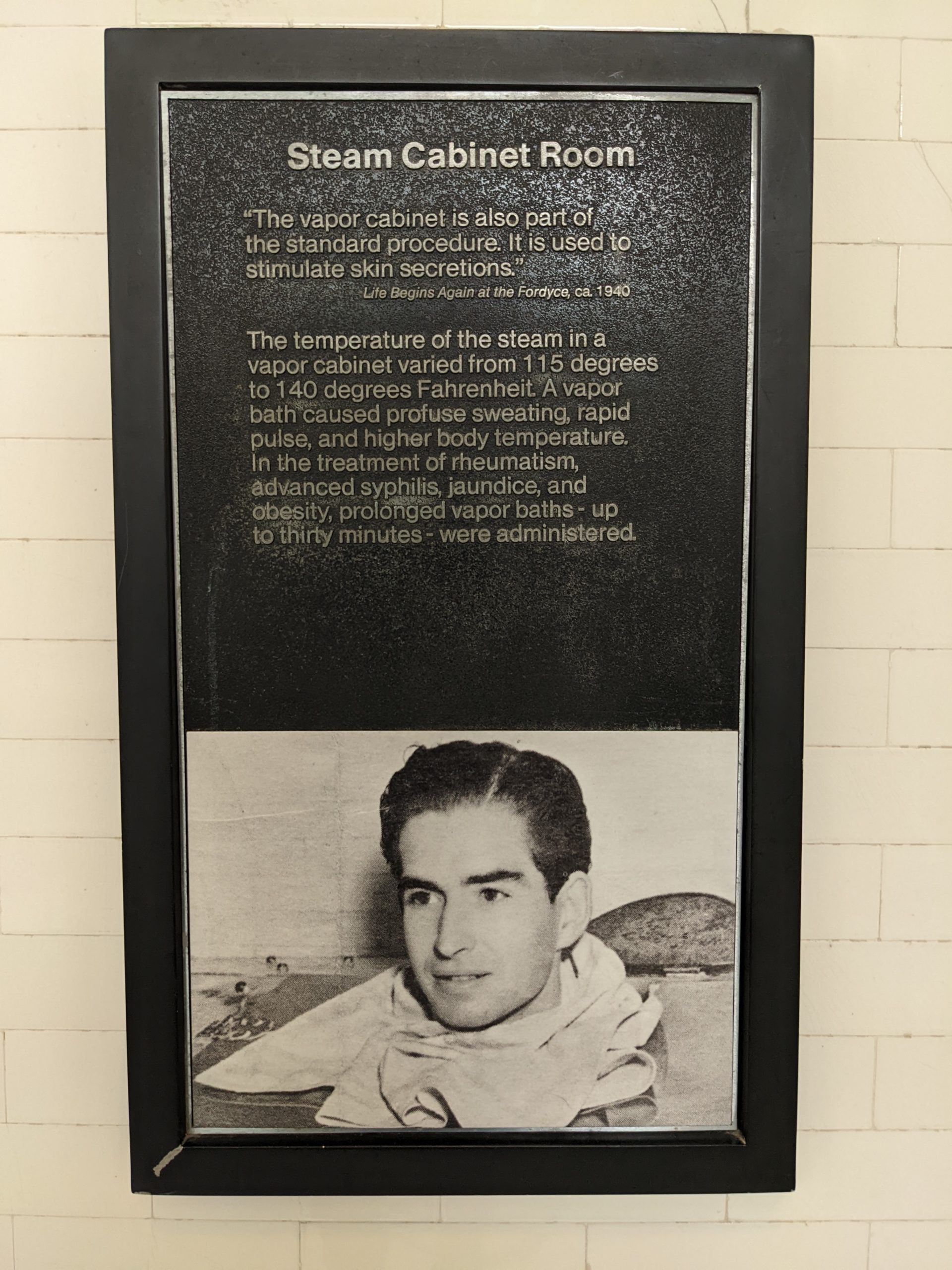
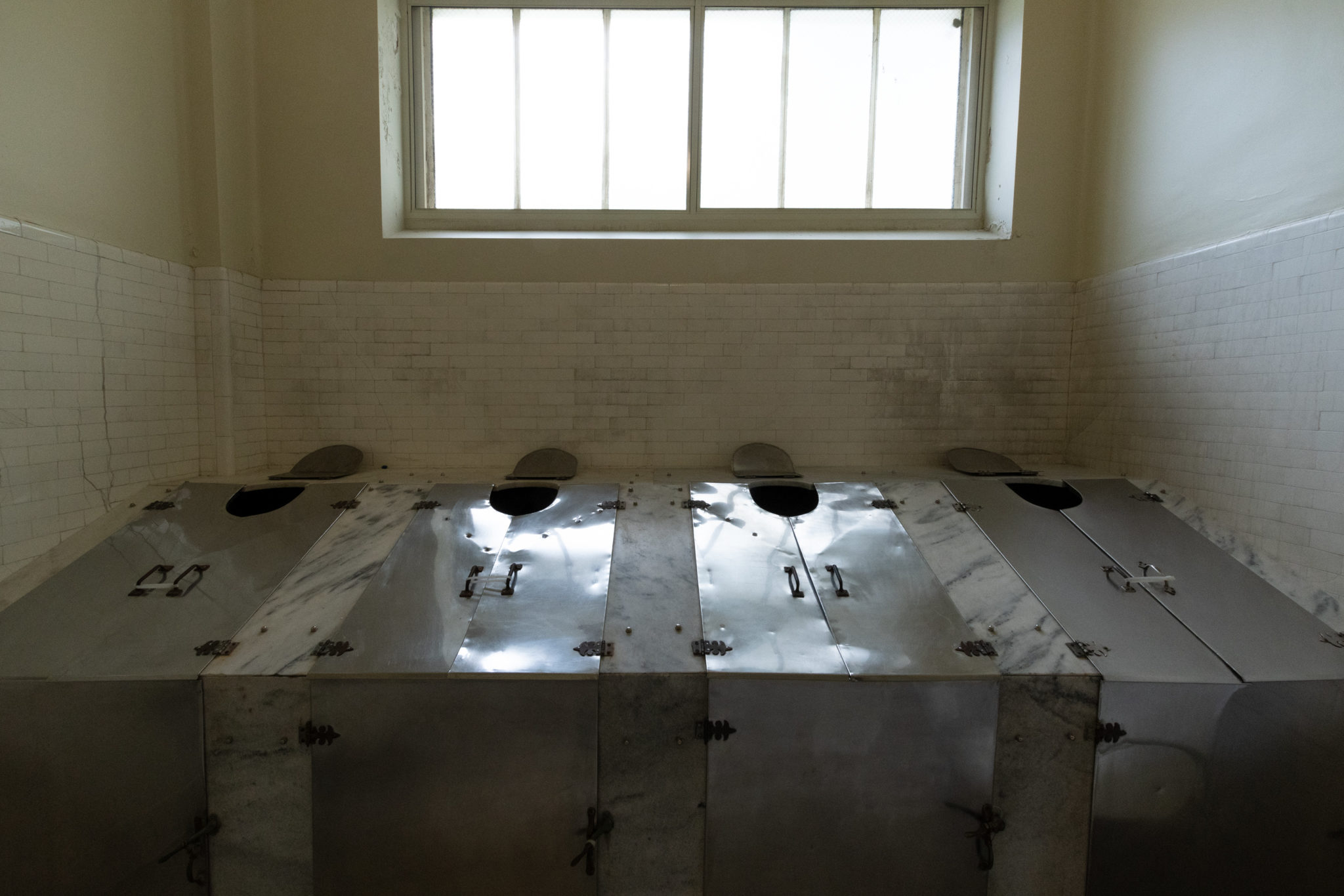
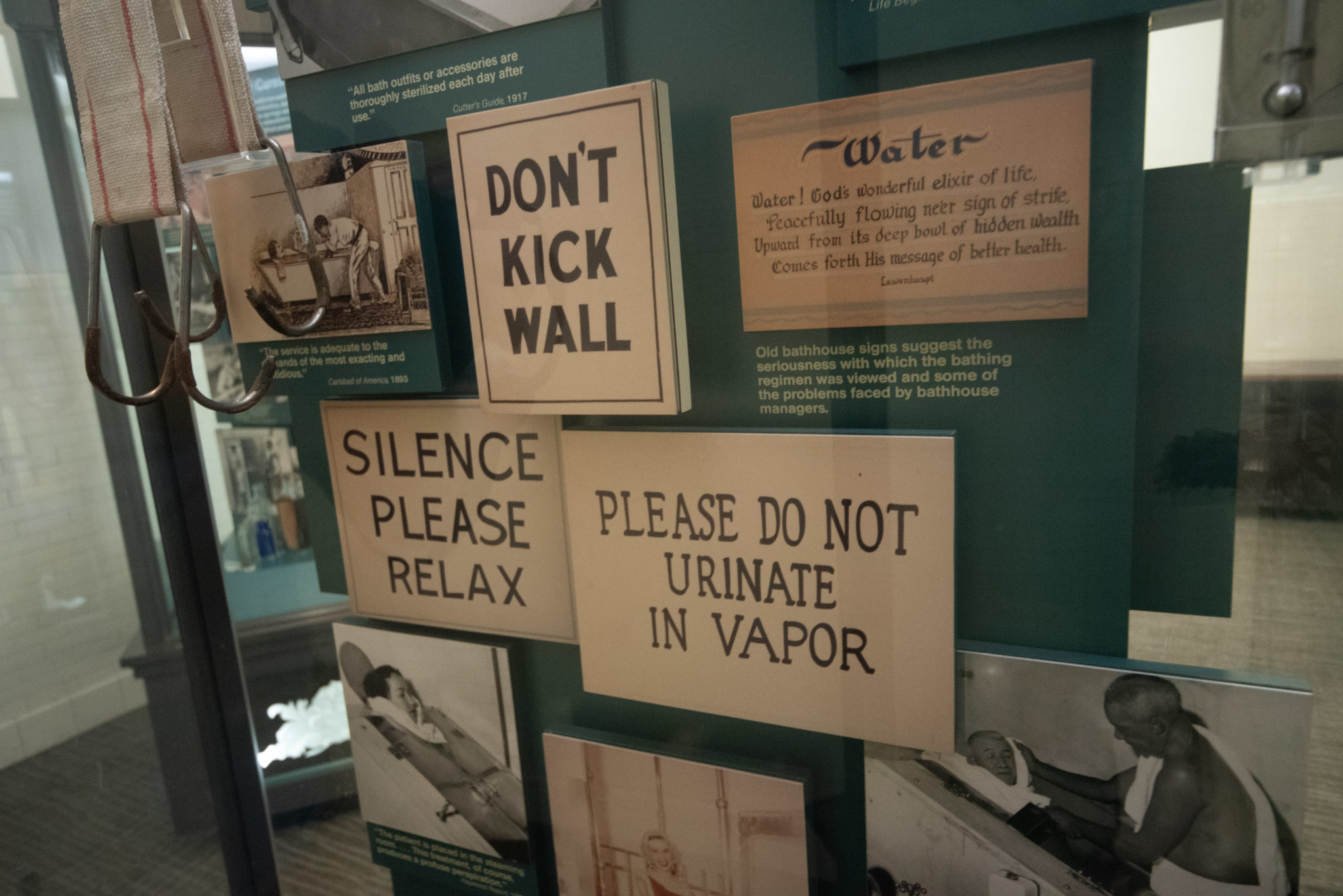
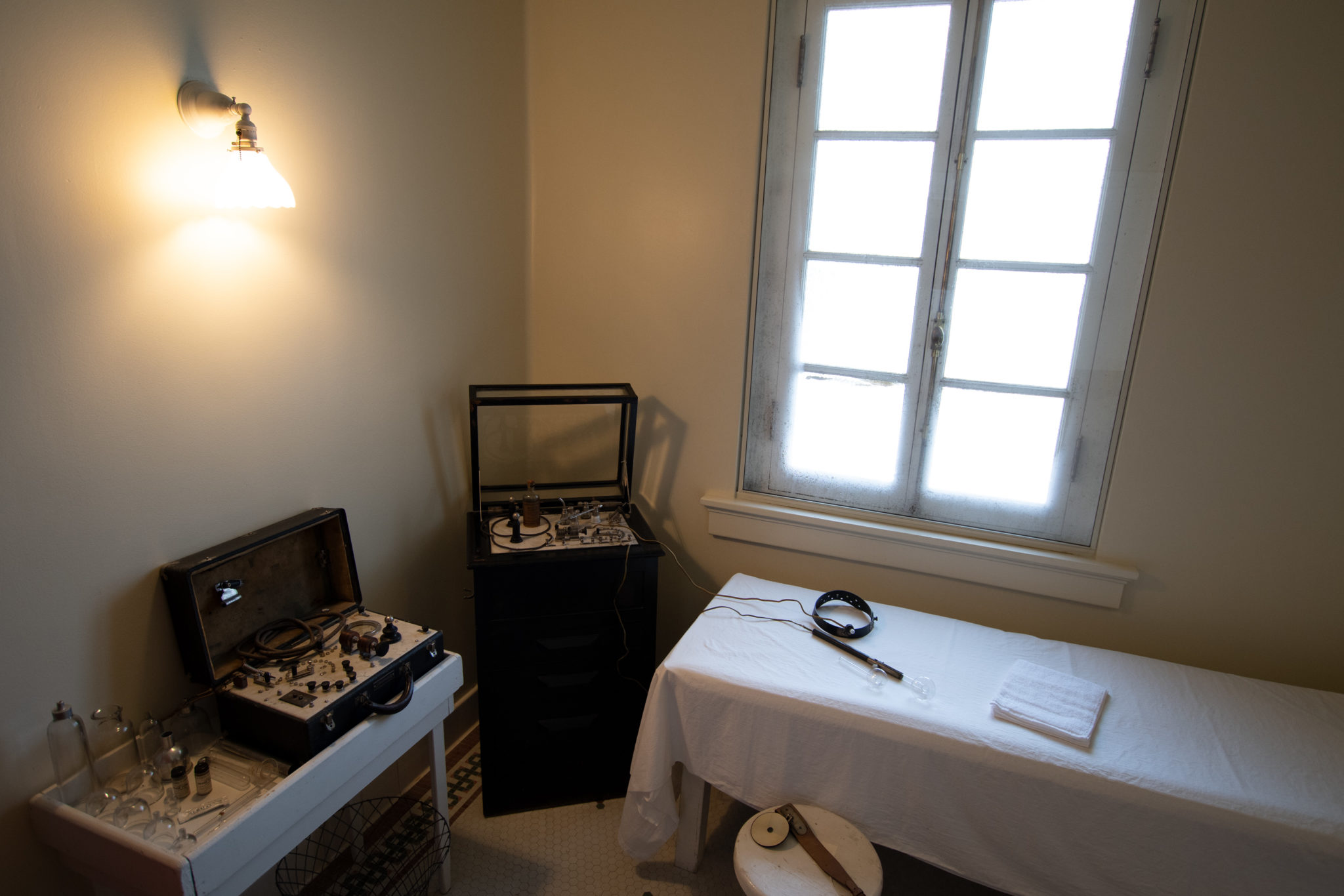
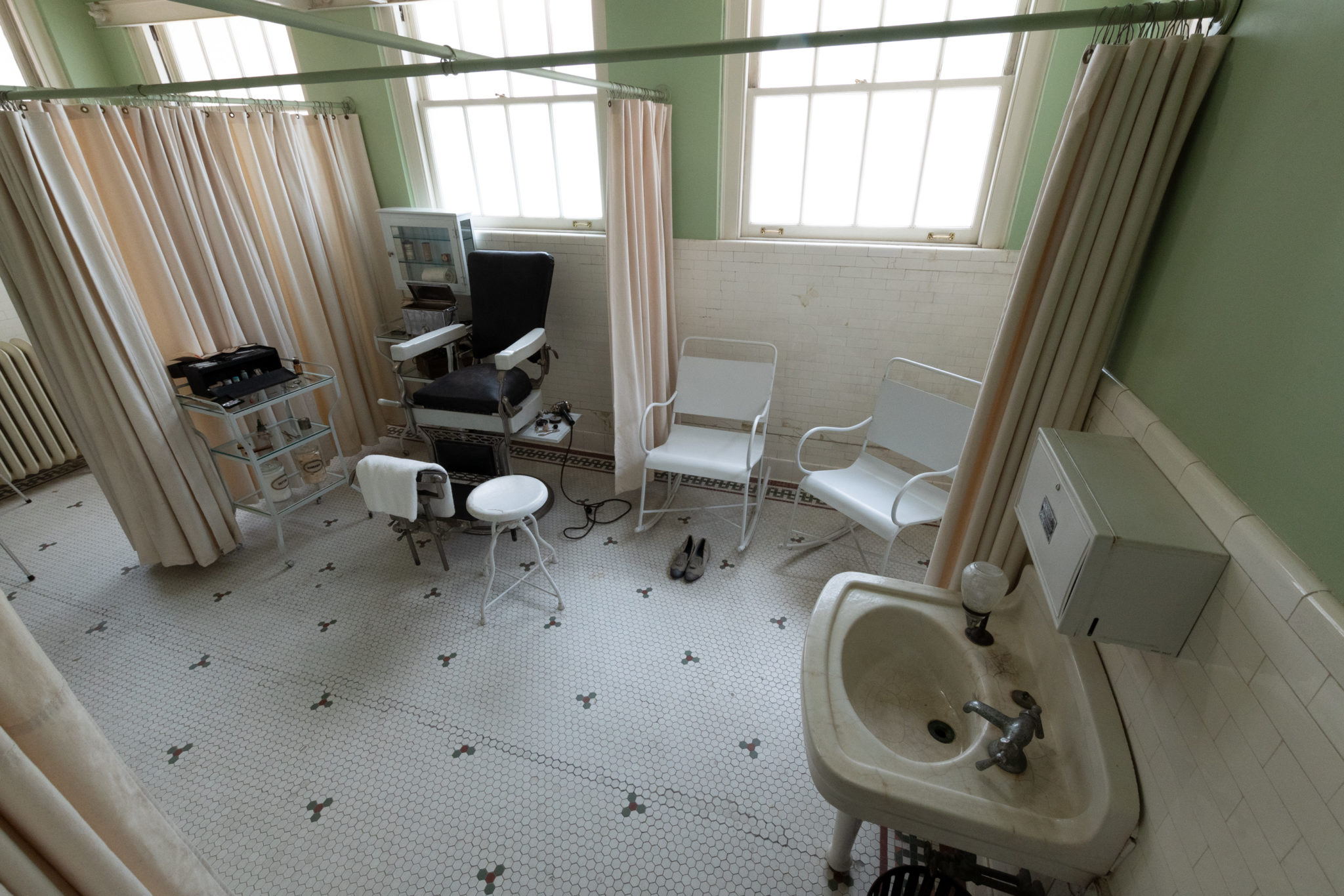

Torture devices have never looked so glamorous. But the whole building was inviting and luminous with gorgeous tilework. I would have loved to see it in operation.
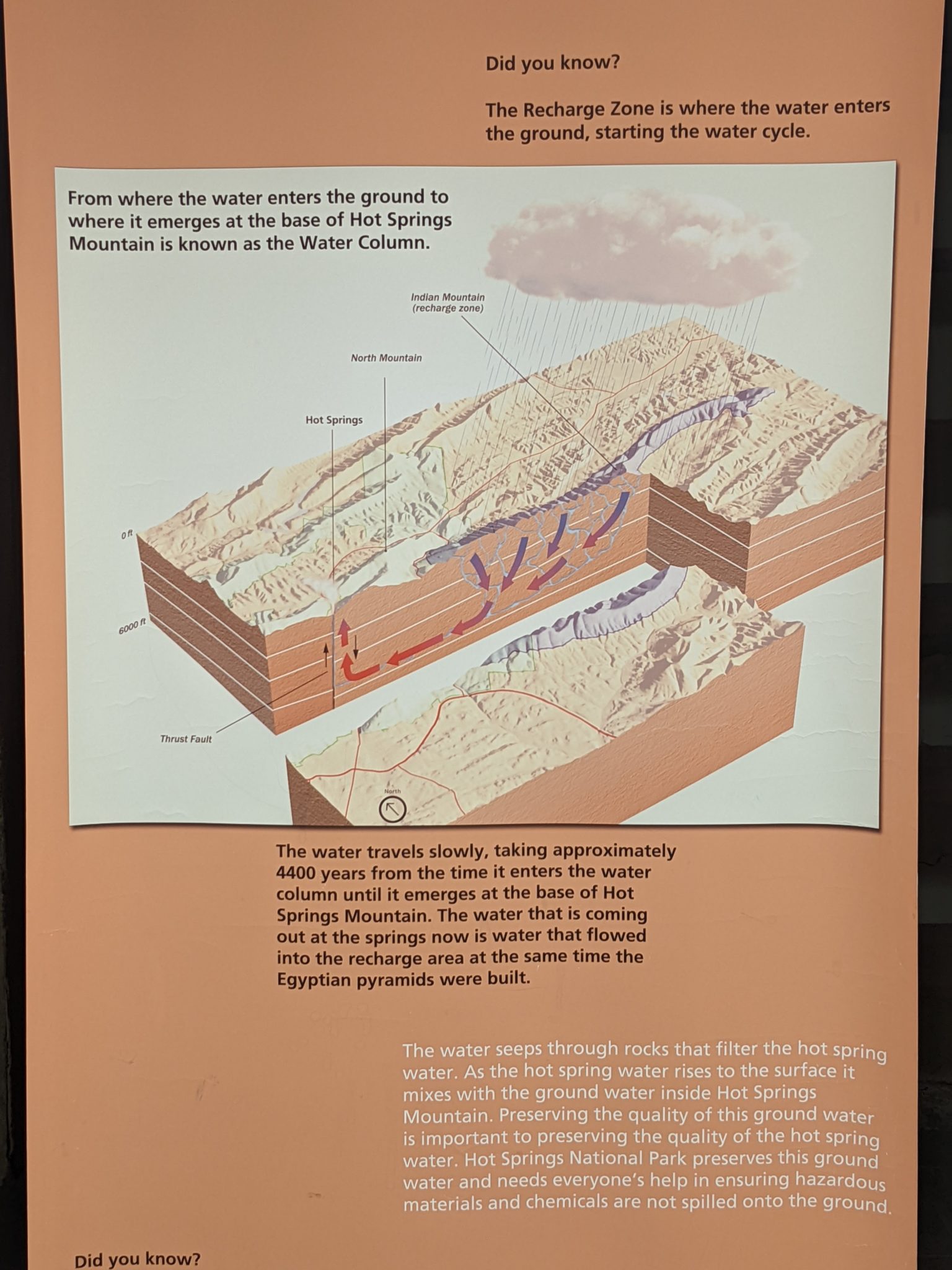
The dioramas in the basement explained that water seeps into the ground in the nearby Indian Mountain recharge zone and takes over four thousand years to complete the journey down into the thermal layers and back up to the surface of Hot Springs Mountain.
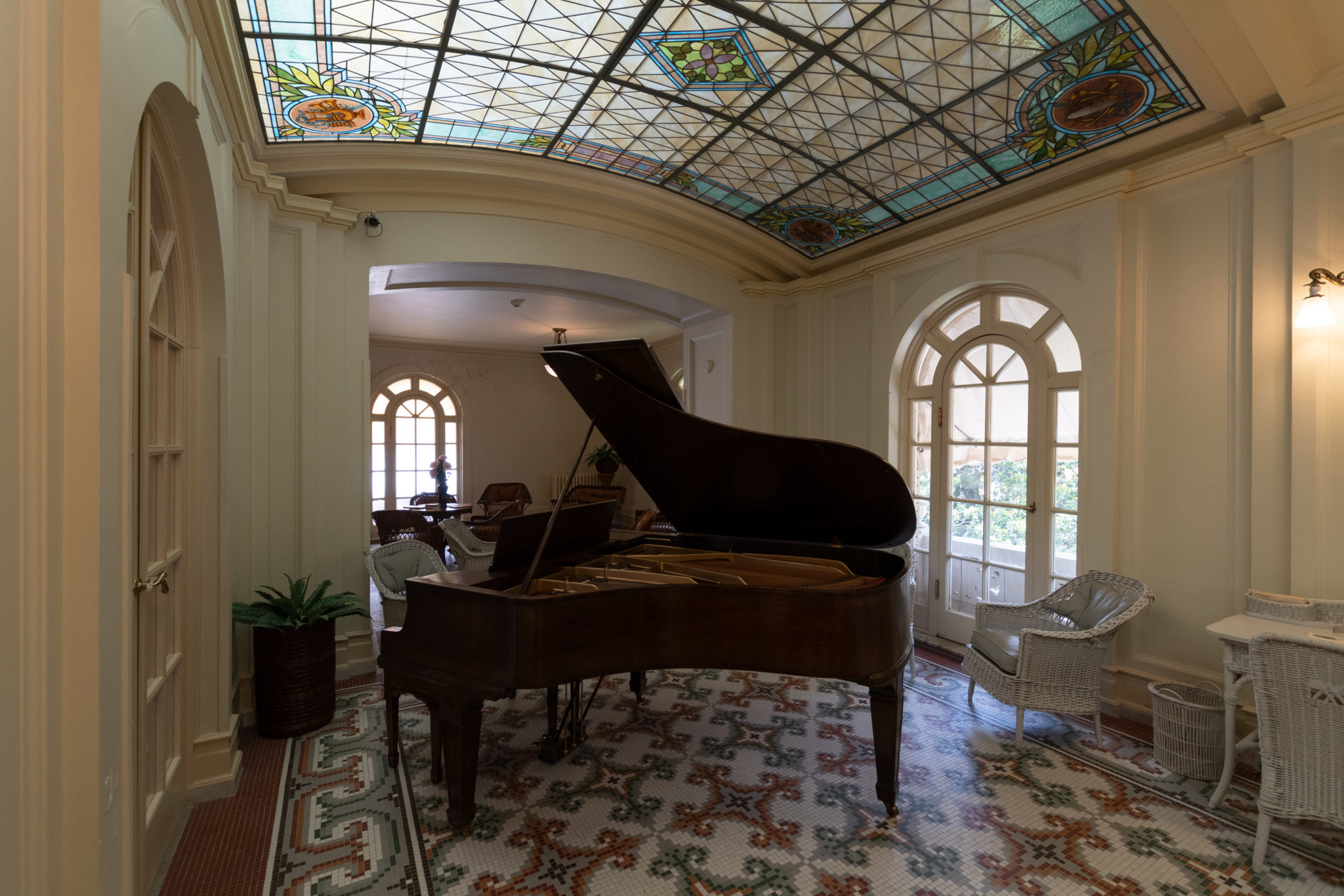
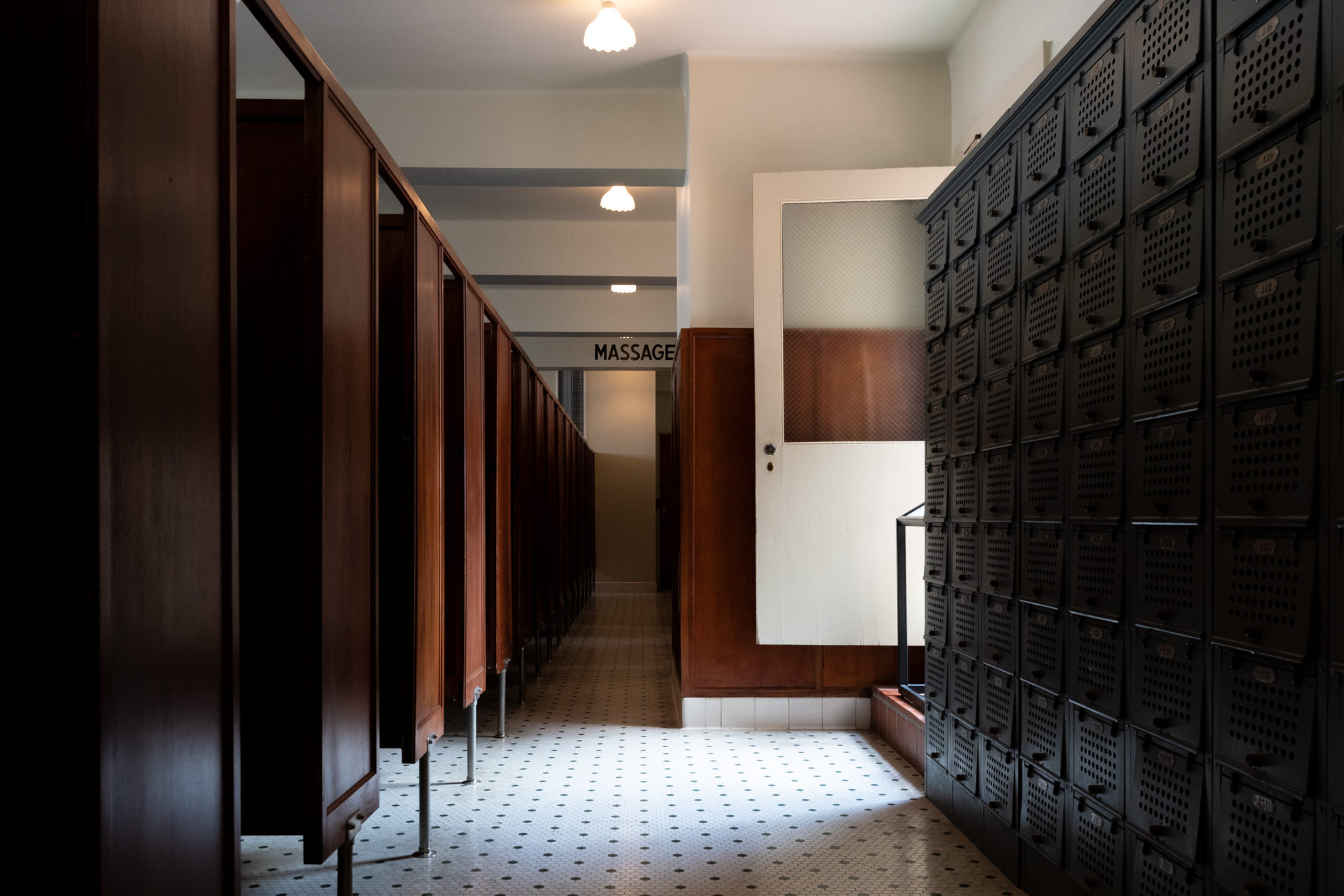
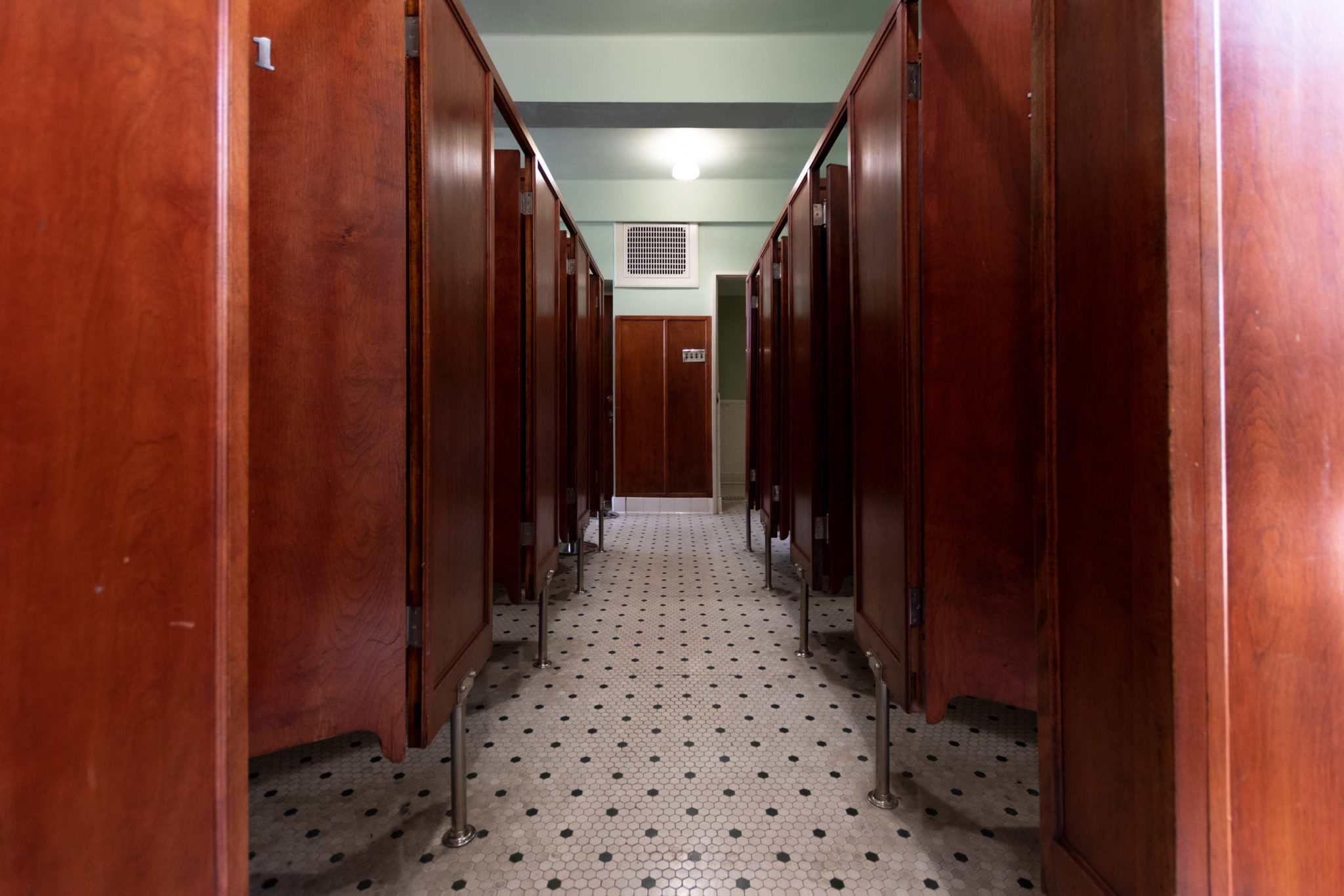
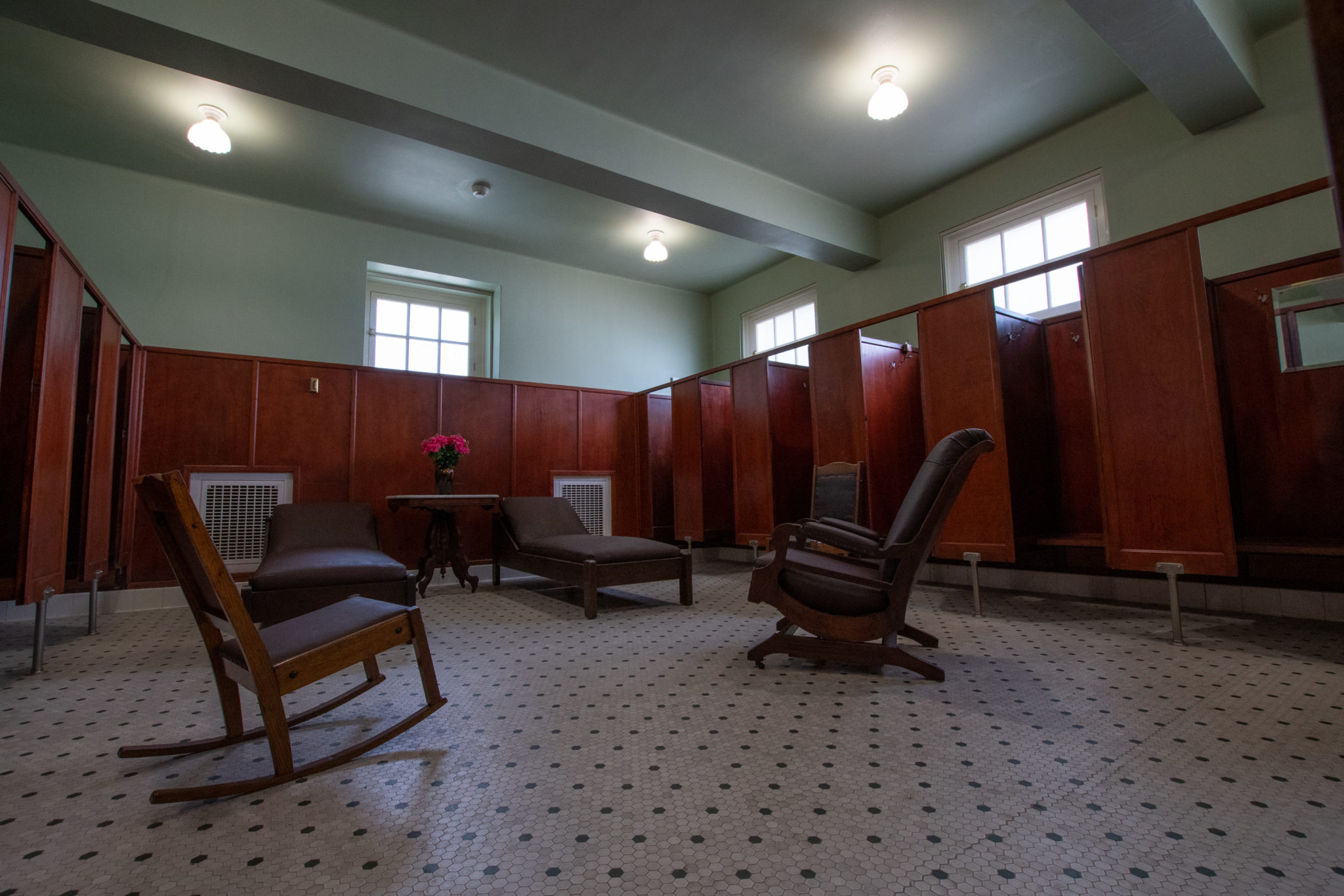
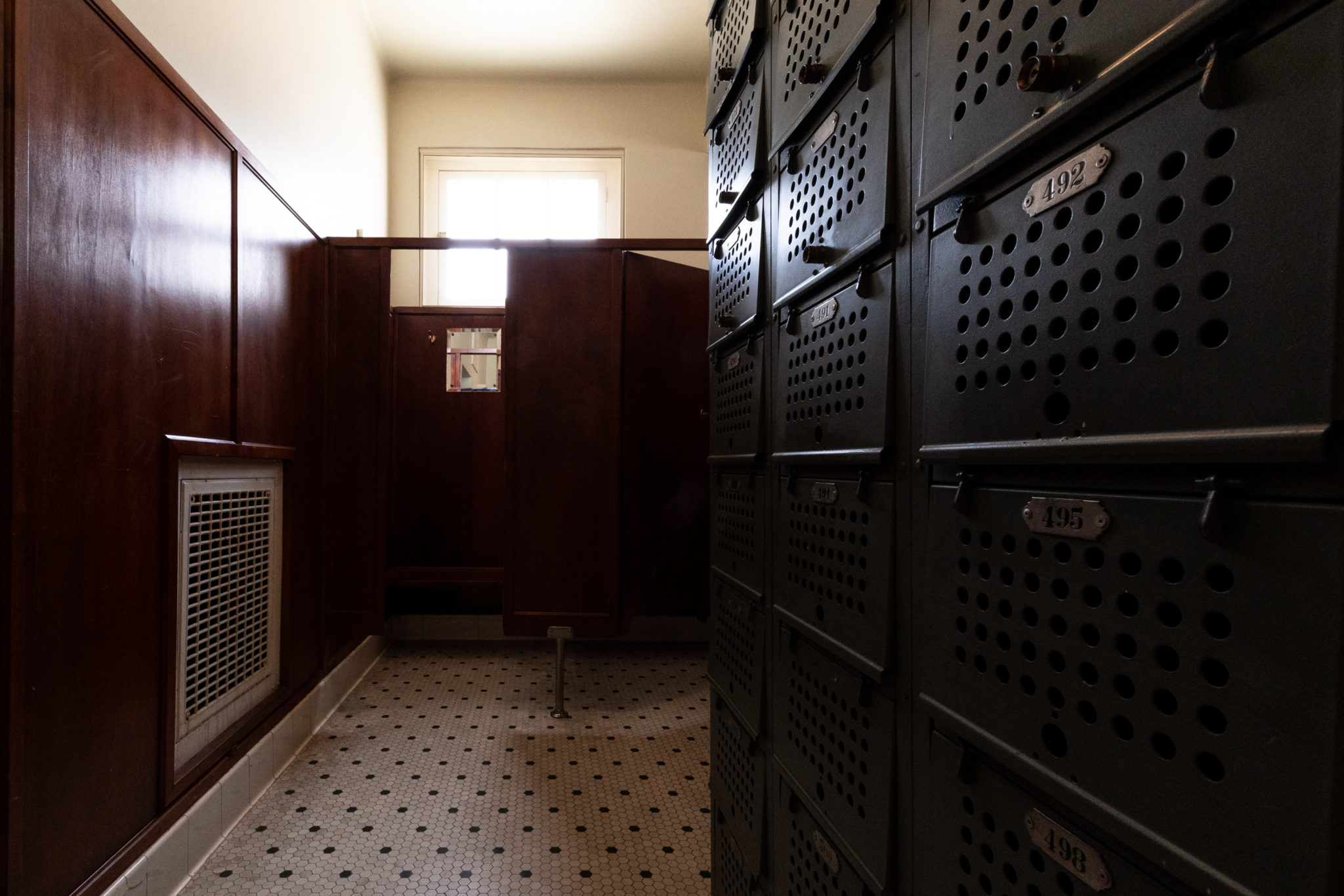
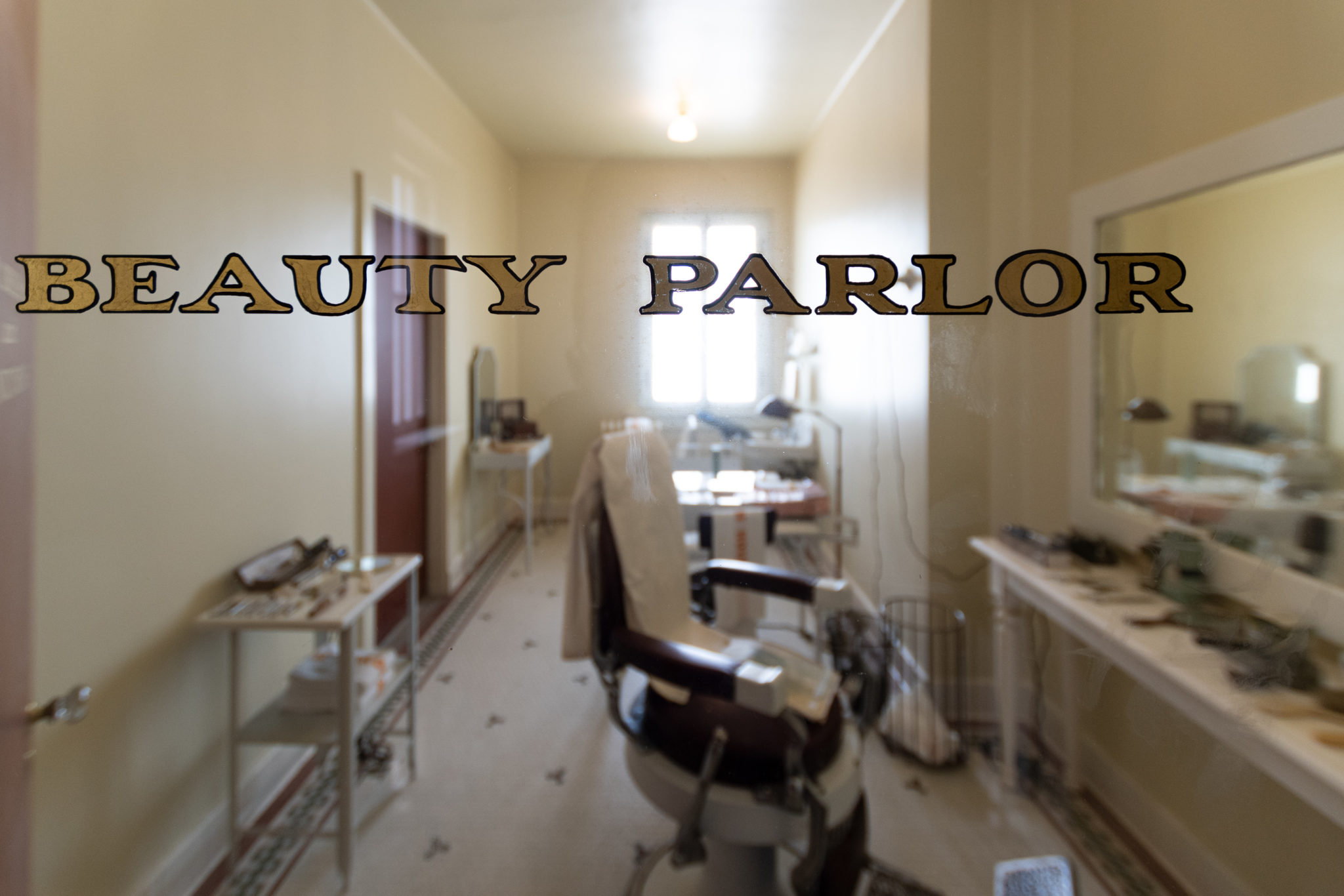
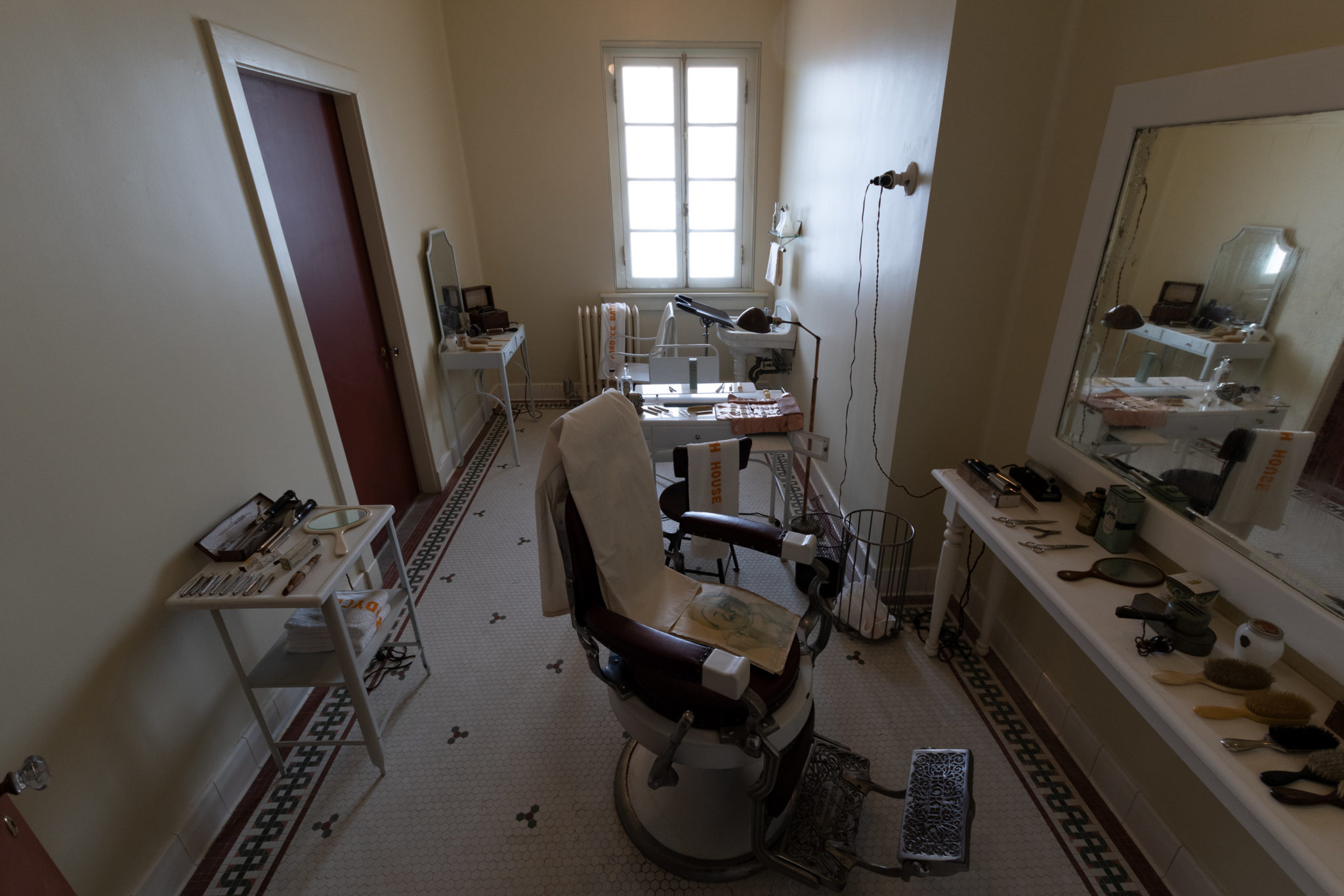

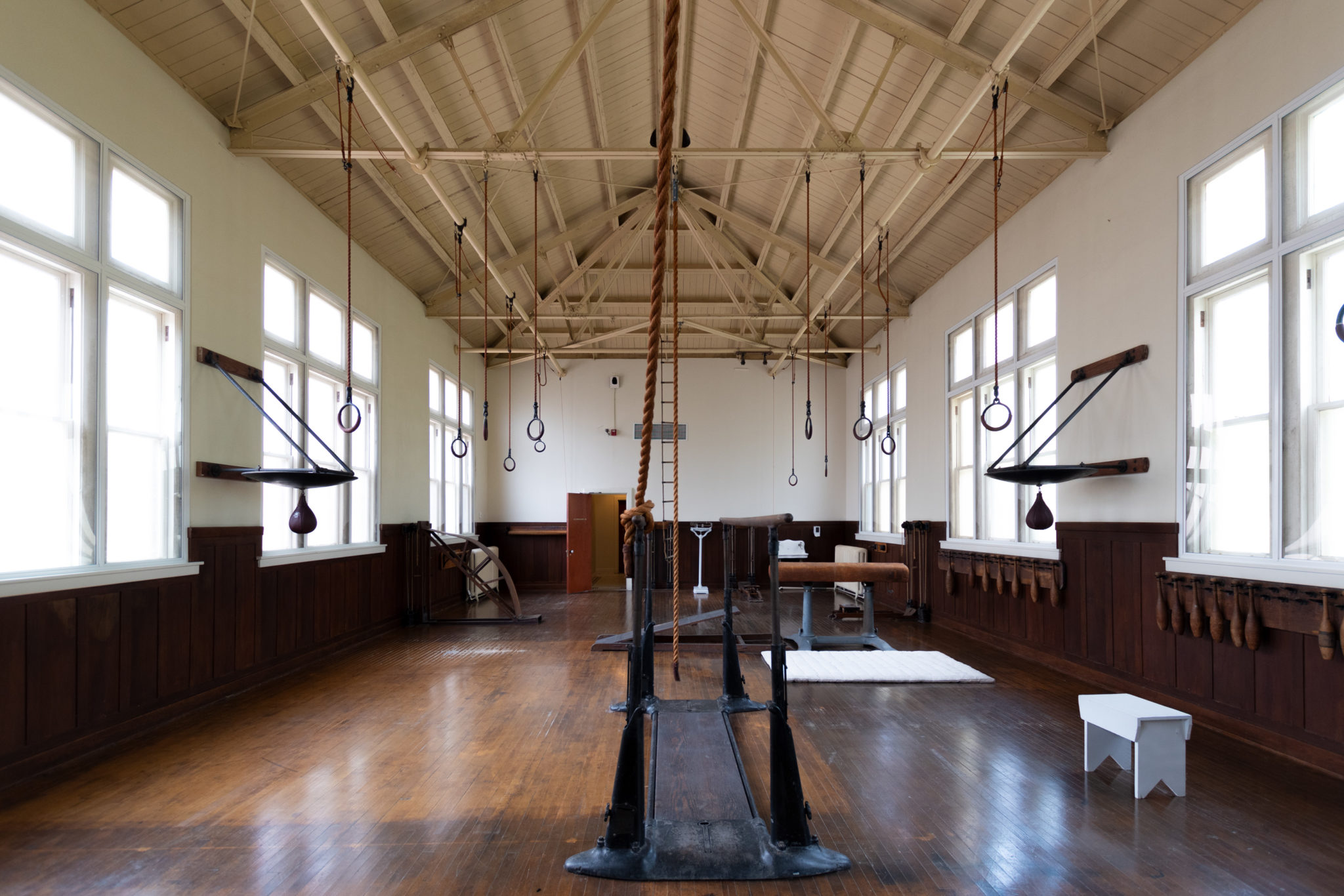
After our tour, we made a quick lunch stop at the brewery that operates out of the former Superior Baths, making it the only brewery in a national park. They tout spring water as the foundation of their process.
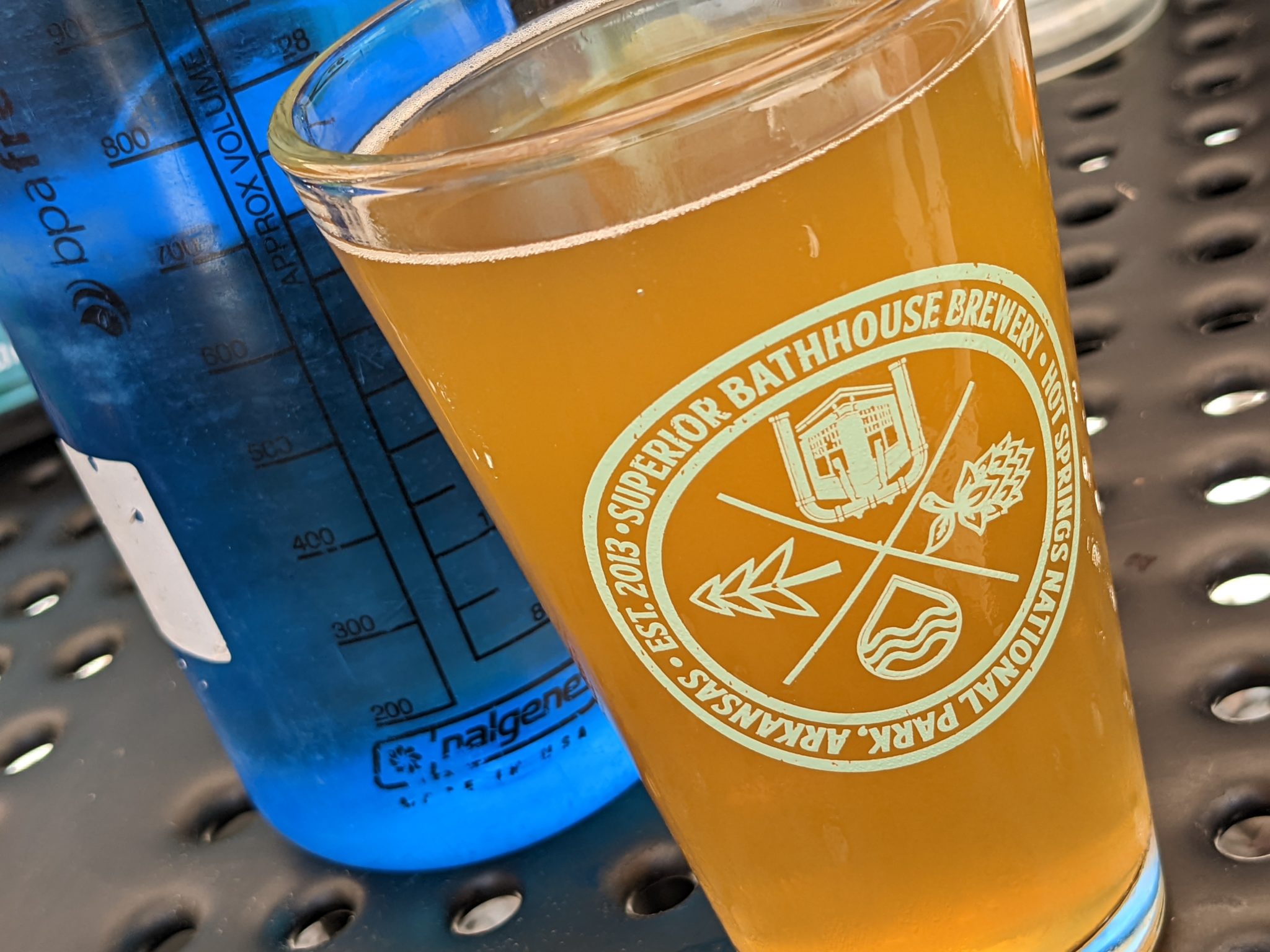
After lunch, despite the oppressive heat and humidity, I made the boys hike with me. Both the trailhead and the end of our hike were alleys behind historic buildings, but the 4 mile loop from Oak Trail to Canyon Trail around West Mountain Loop felt far outside the city.
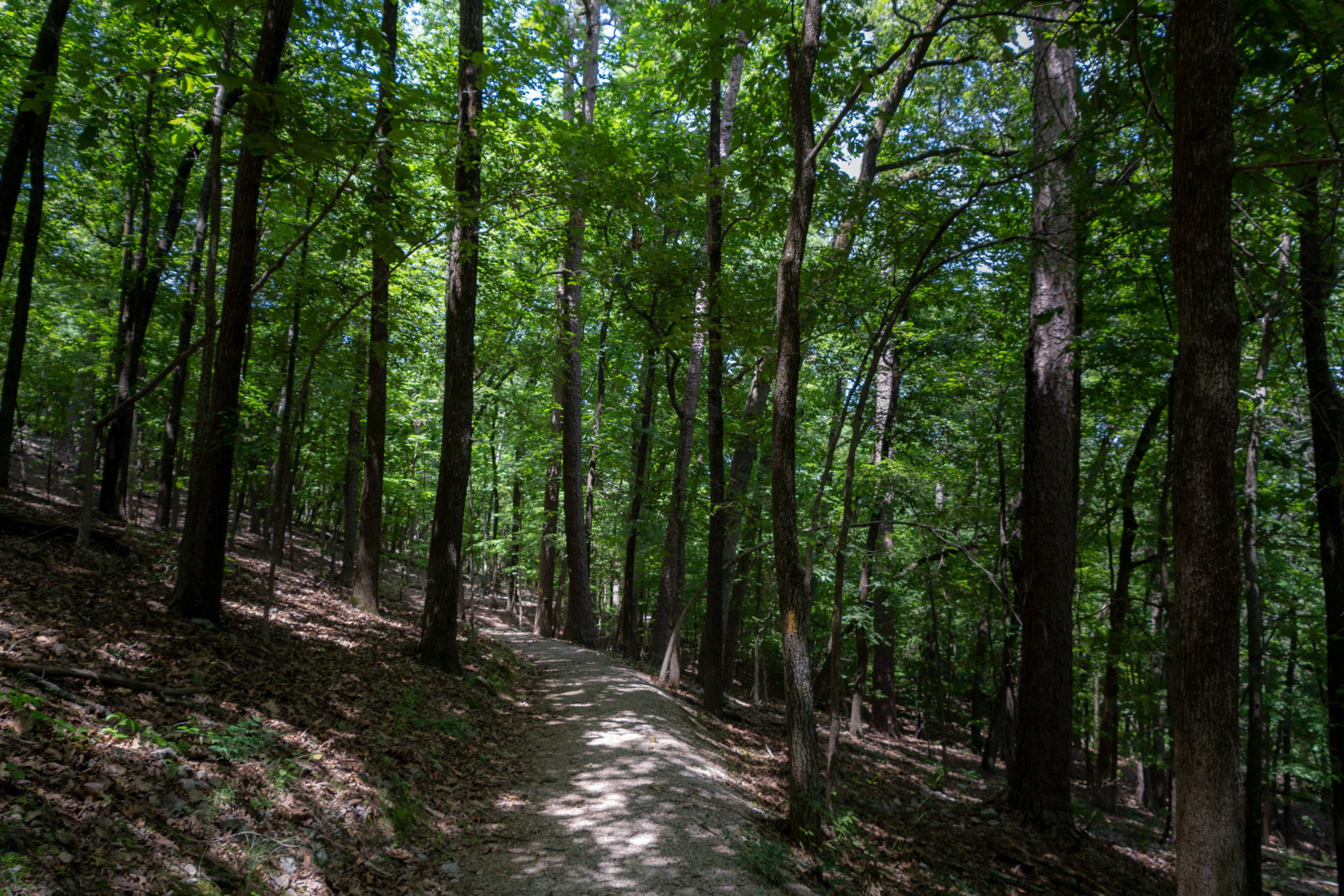
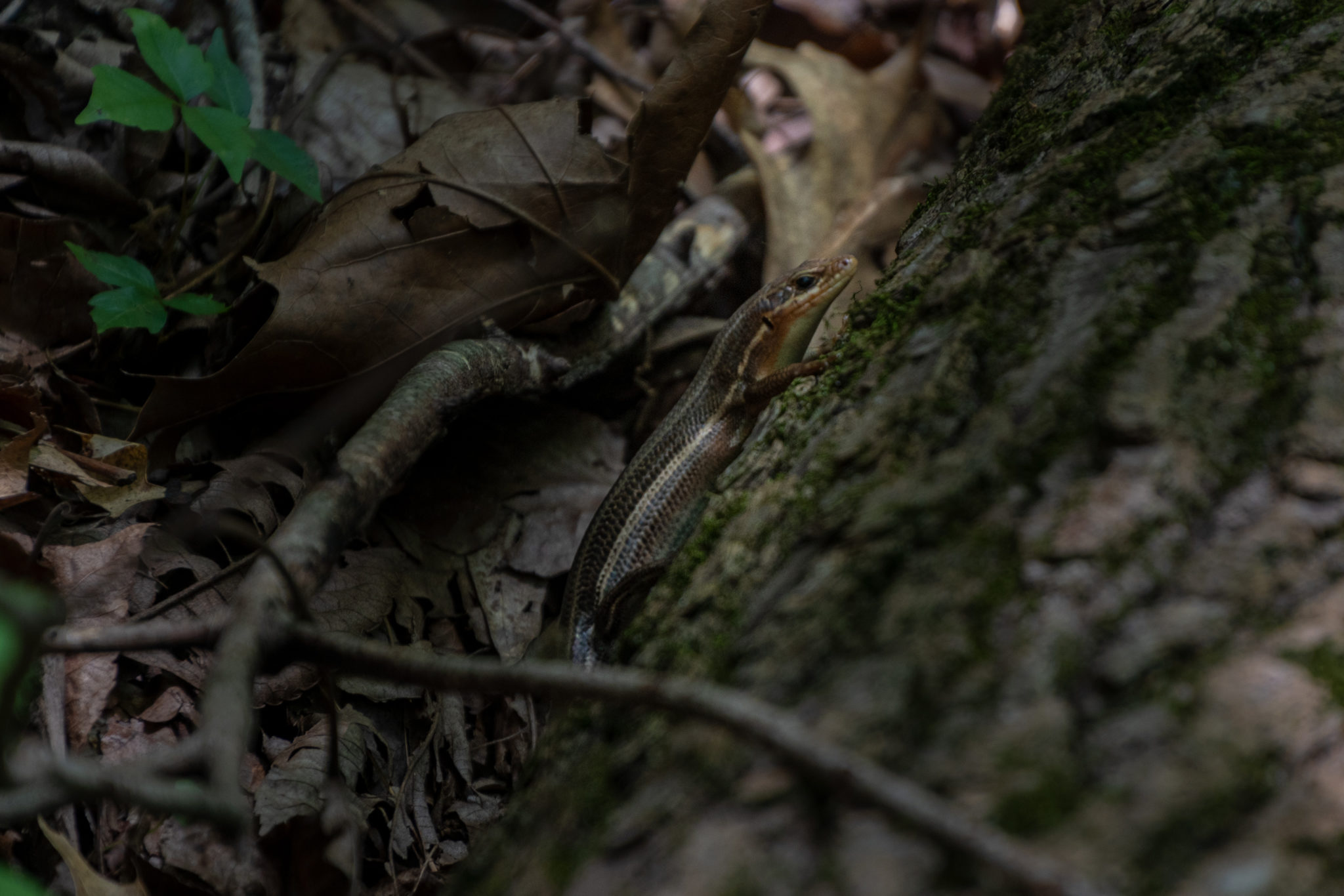
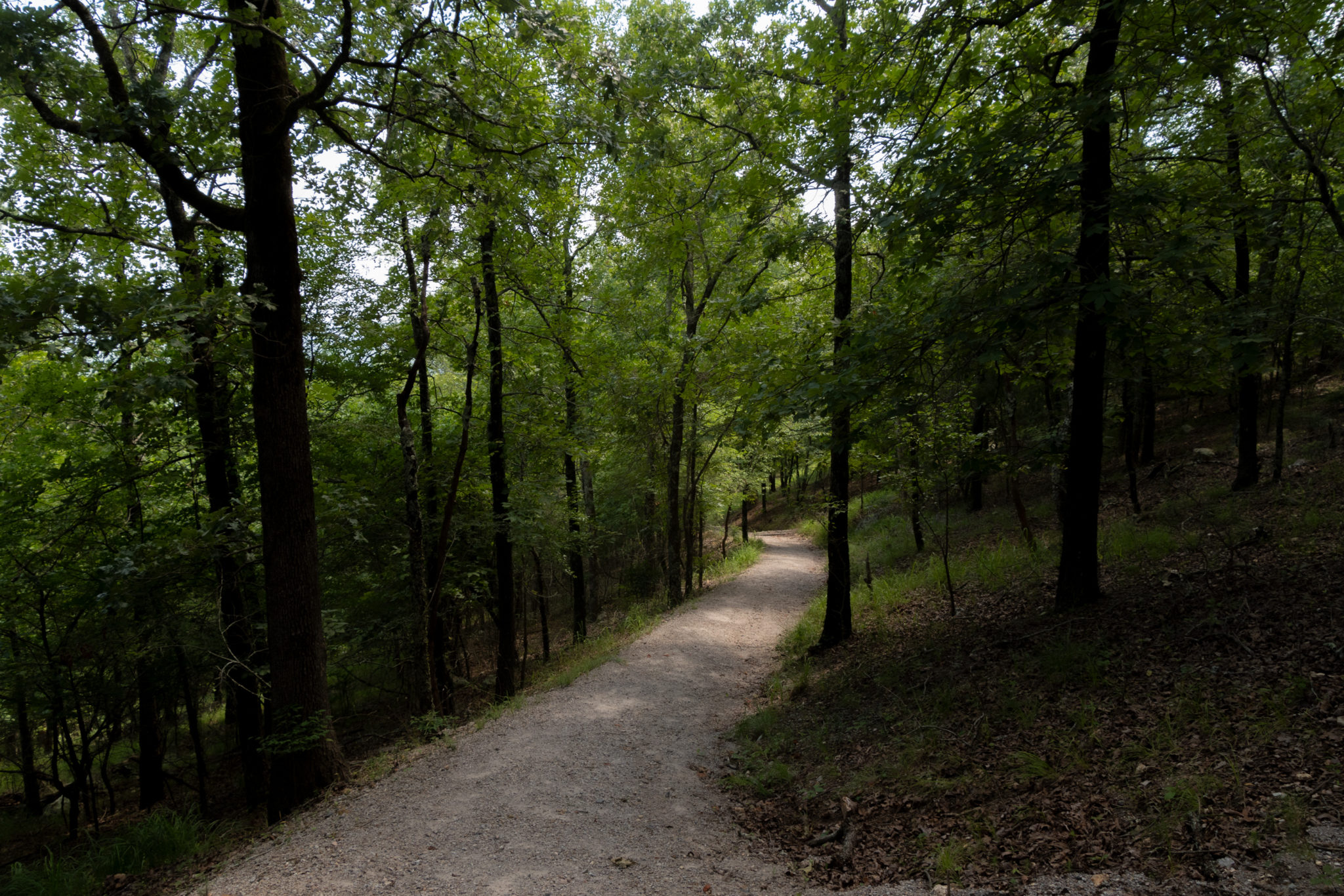
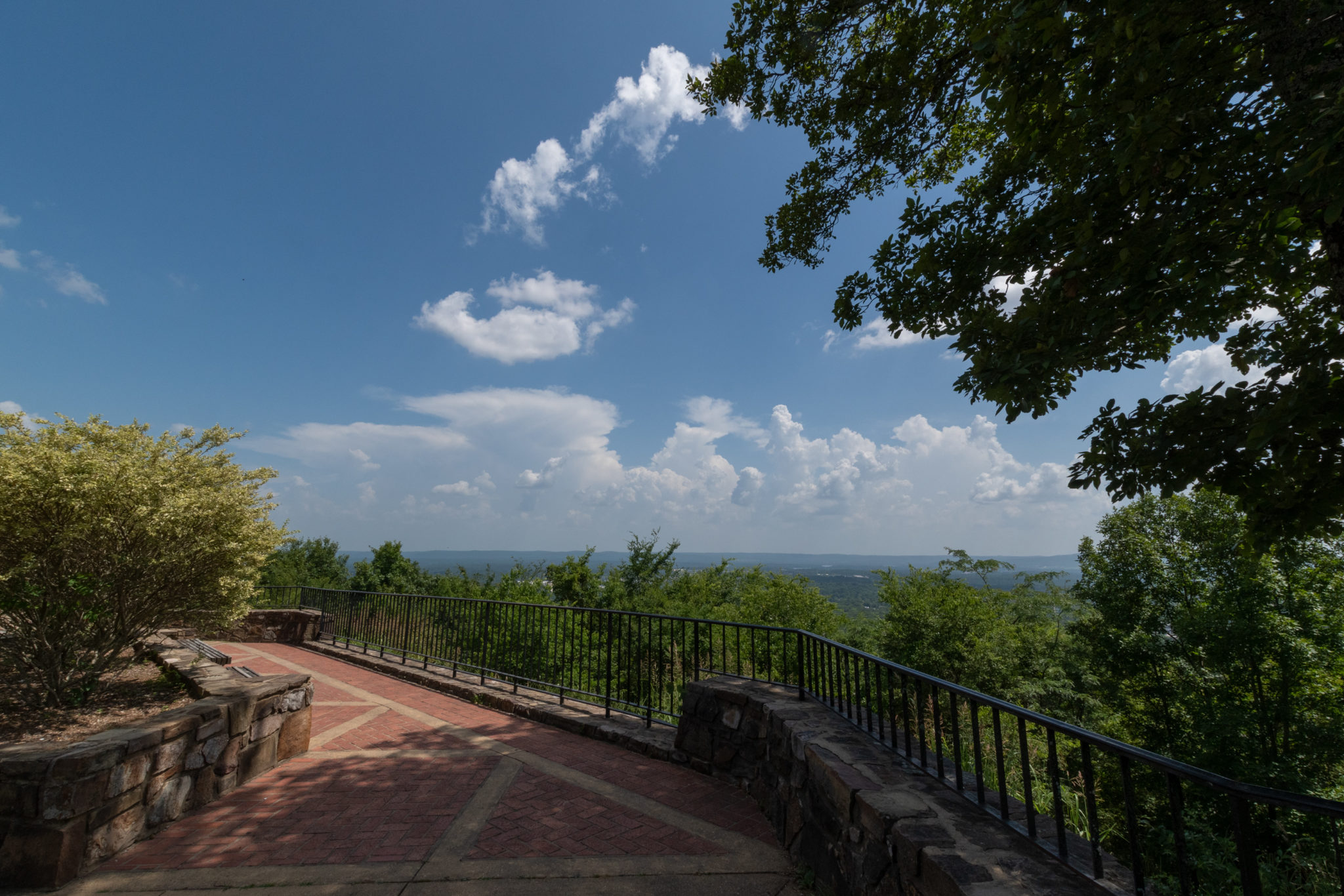
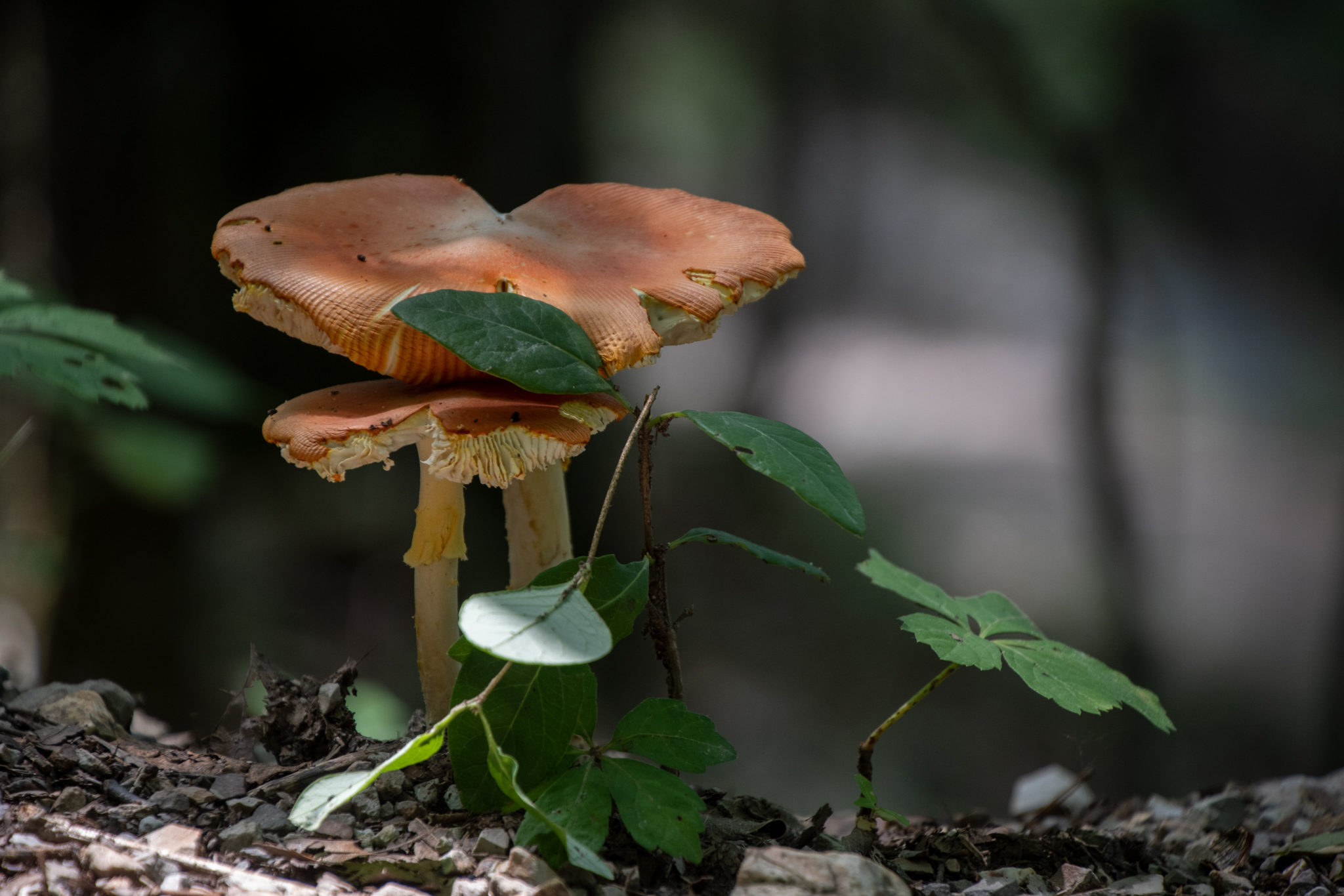
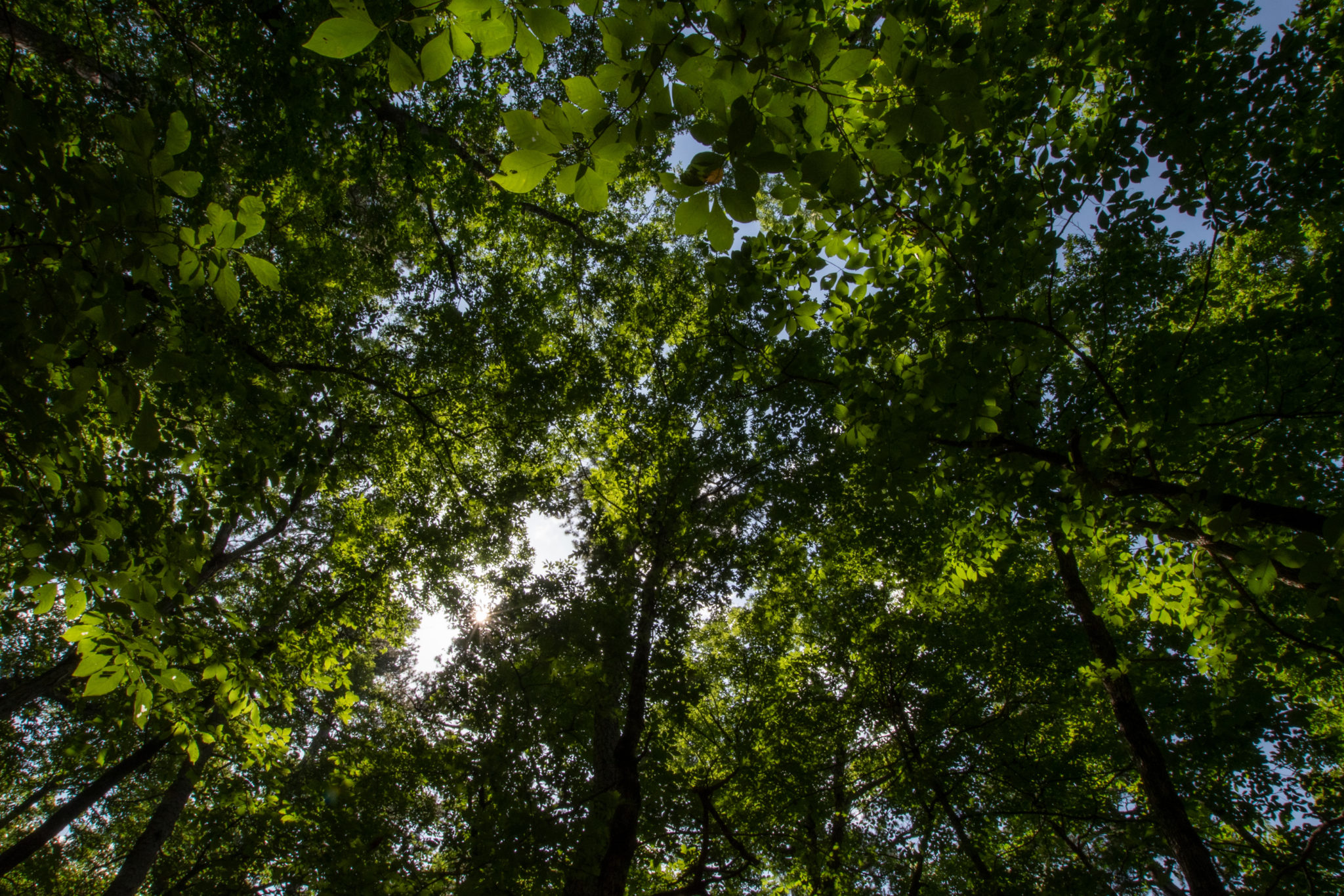
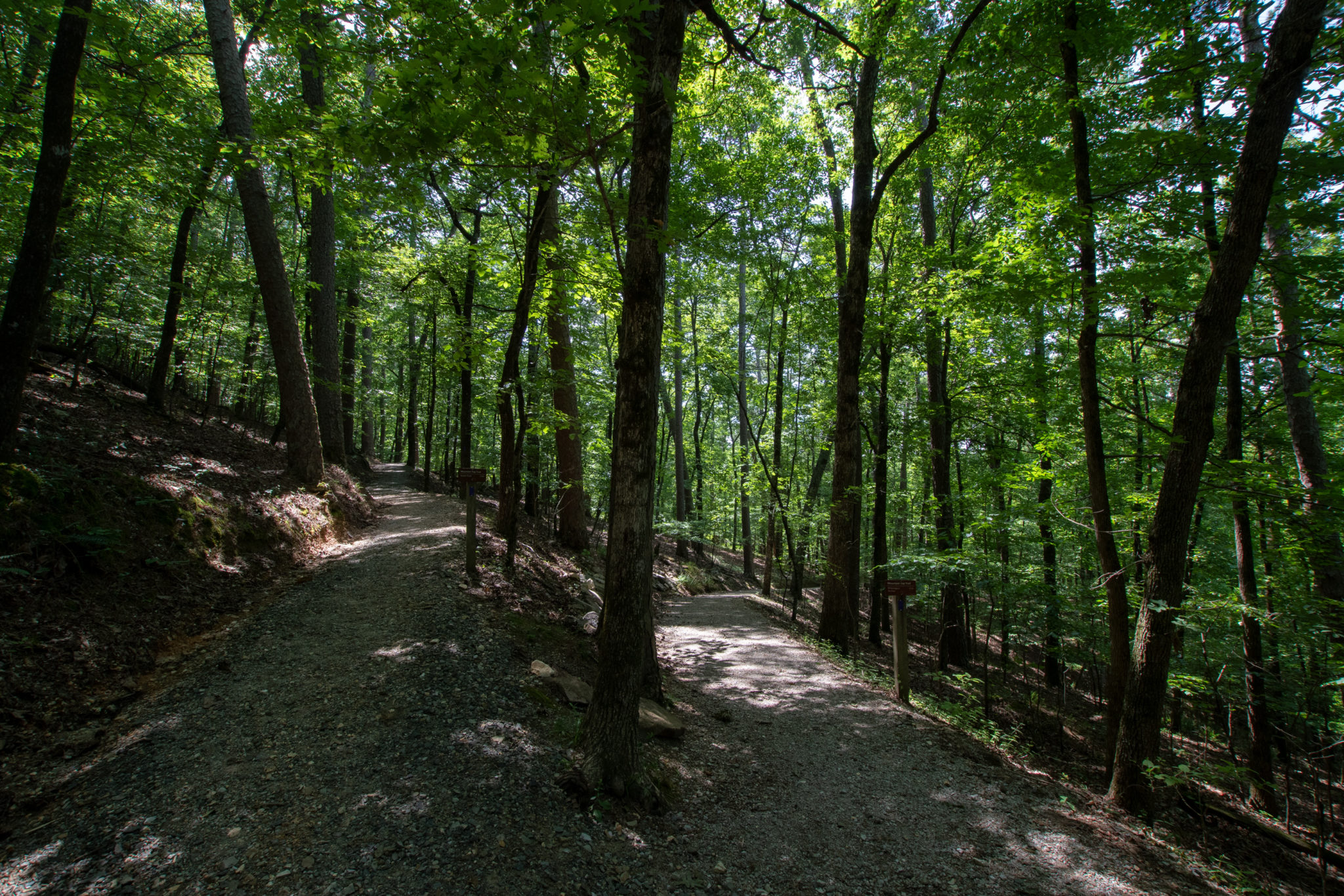
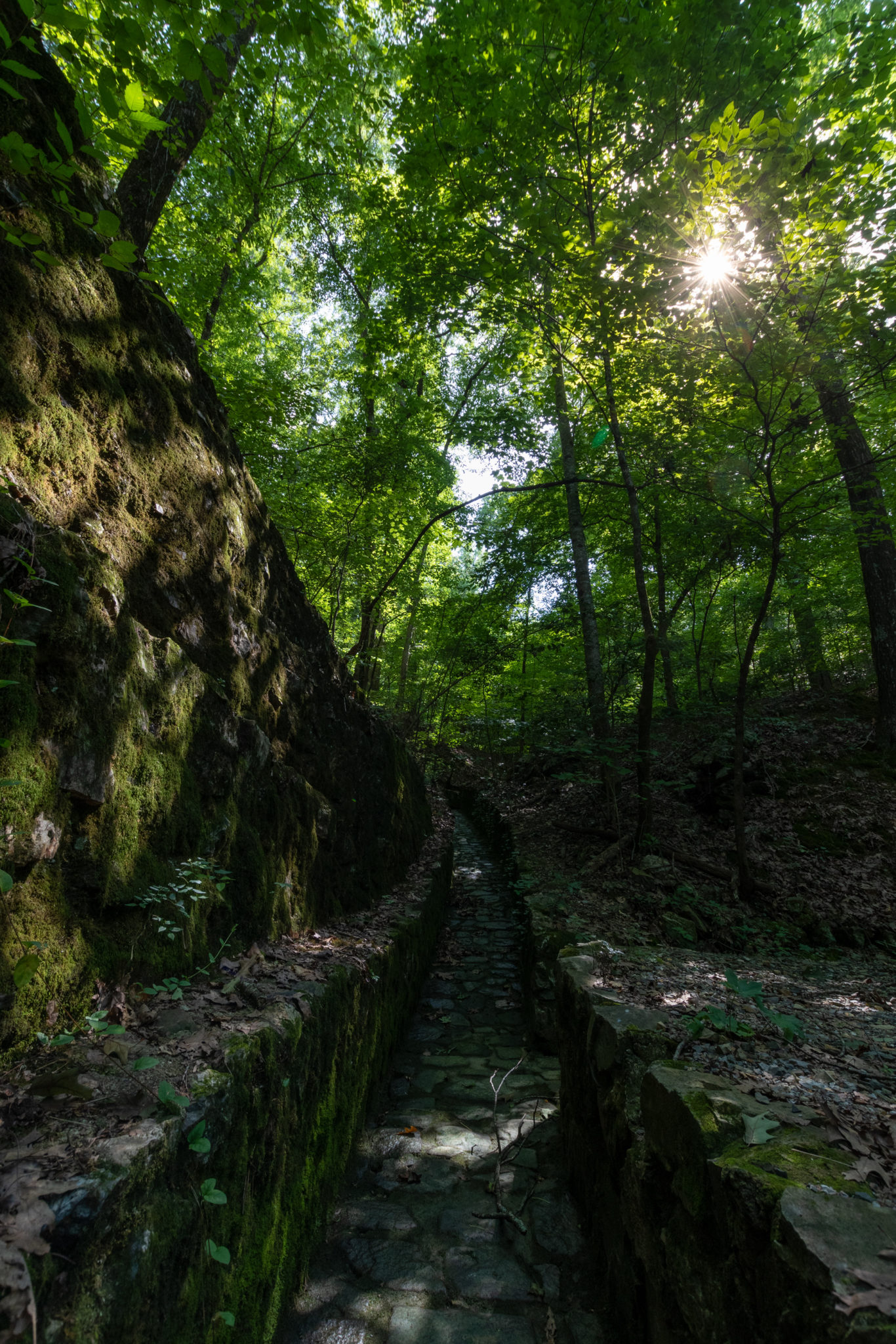
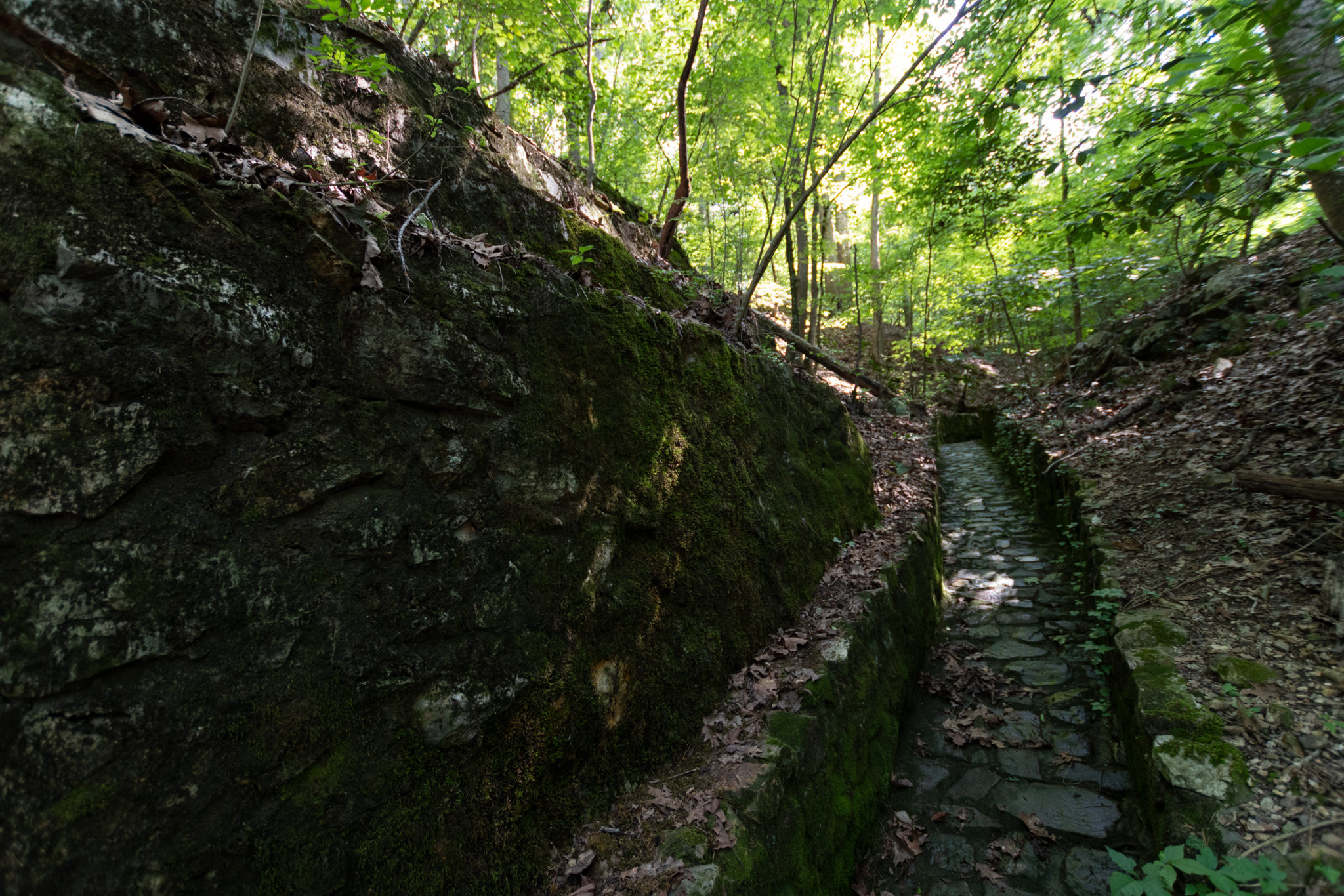
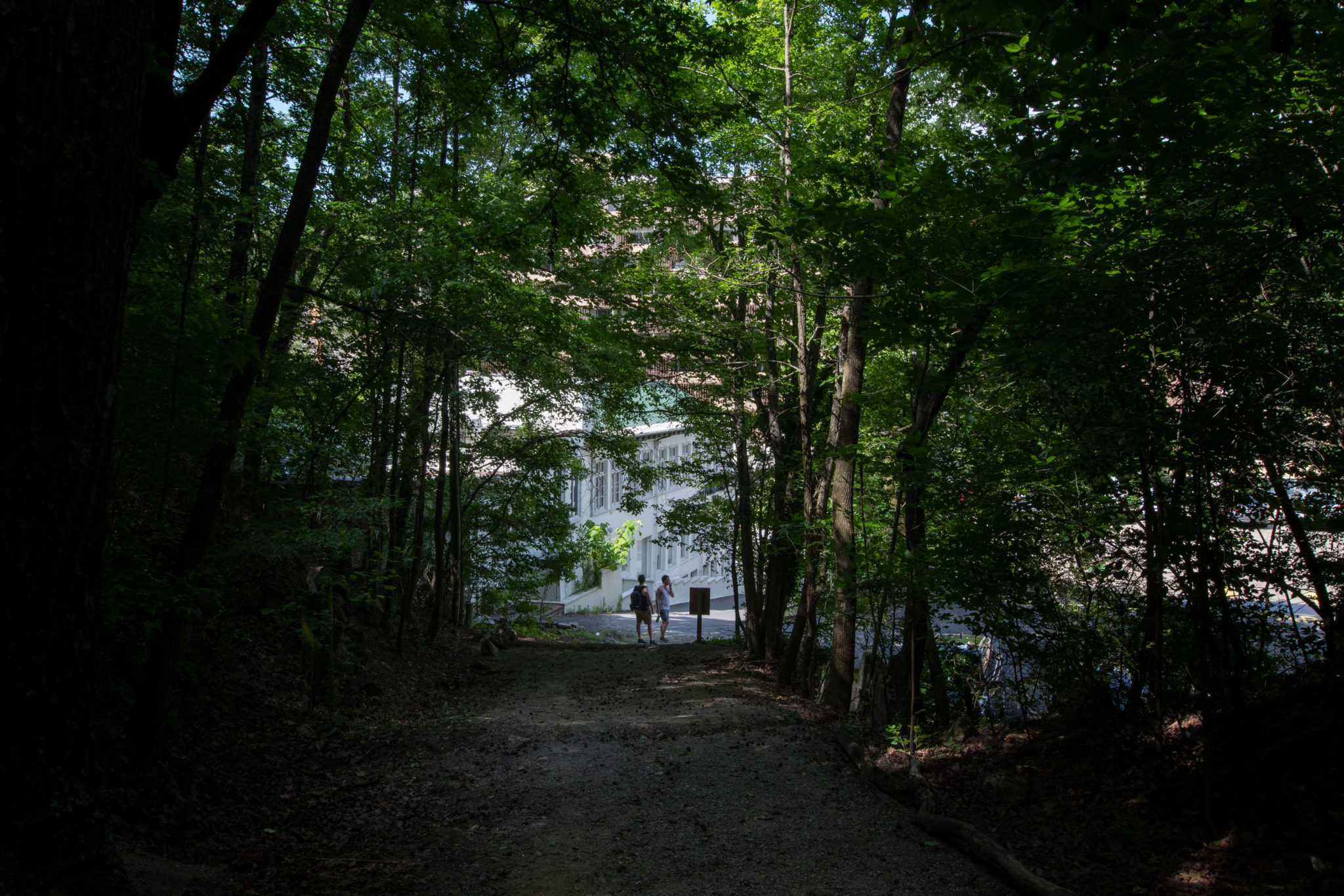
Along the way, I managed to pick up two ticks, which I removed with a credit card, thanks to a “survival guide” comic illustrating the process in the men’s room at a local climbing gym.
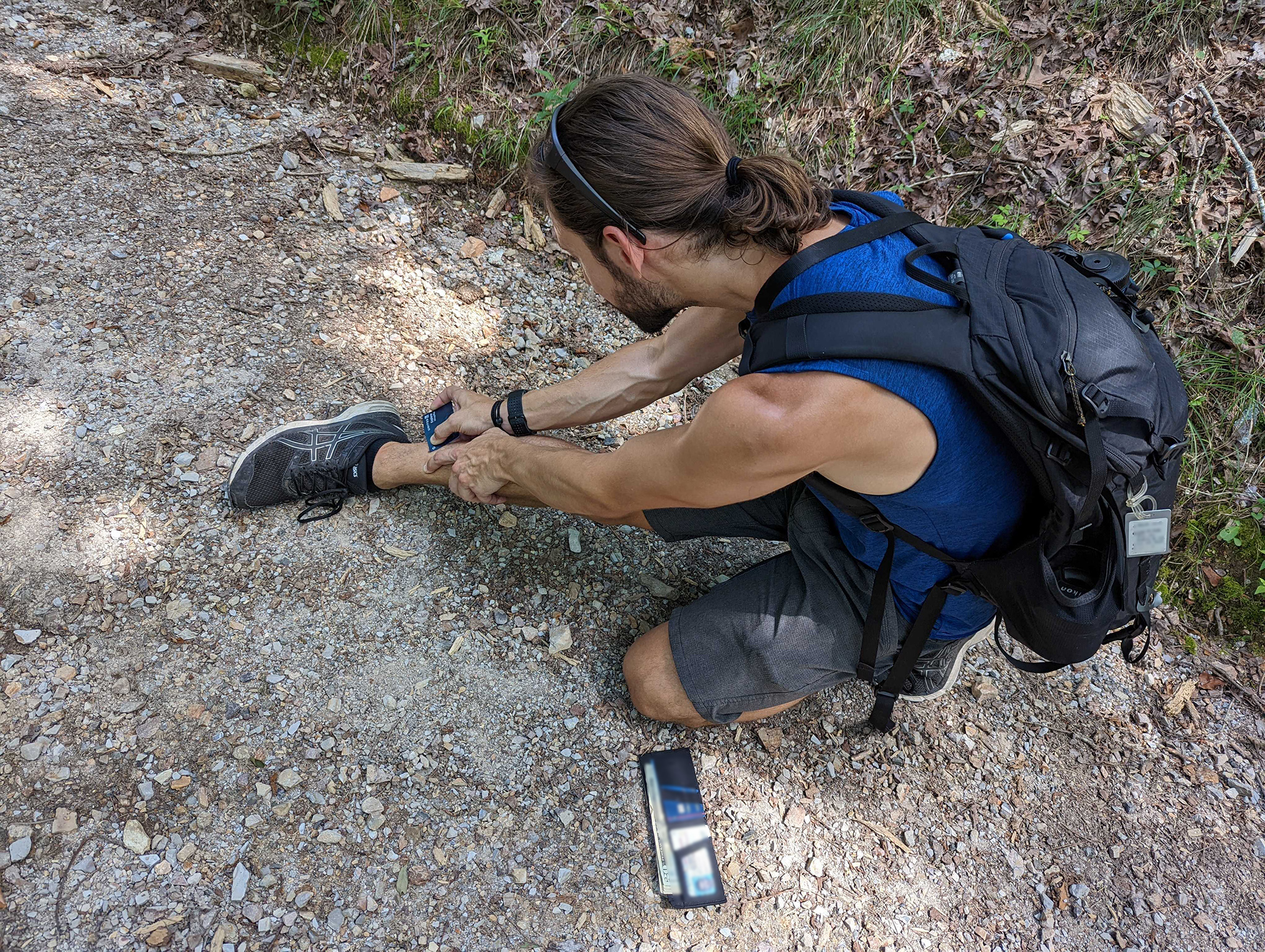
After the hike, we cleaned up then did a little more wandering around with a stop for dinner at one of the old bathhouses that now operates as a hotel, restaurant, and bakery.
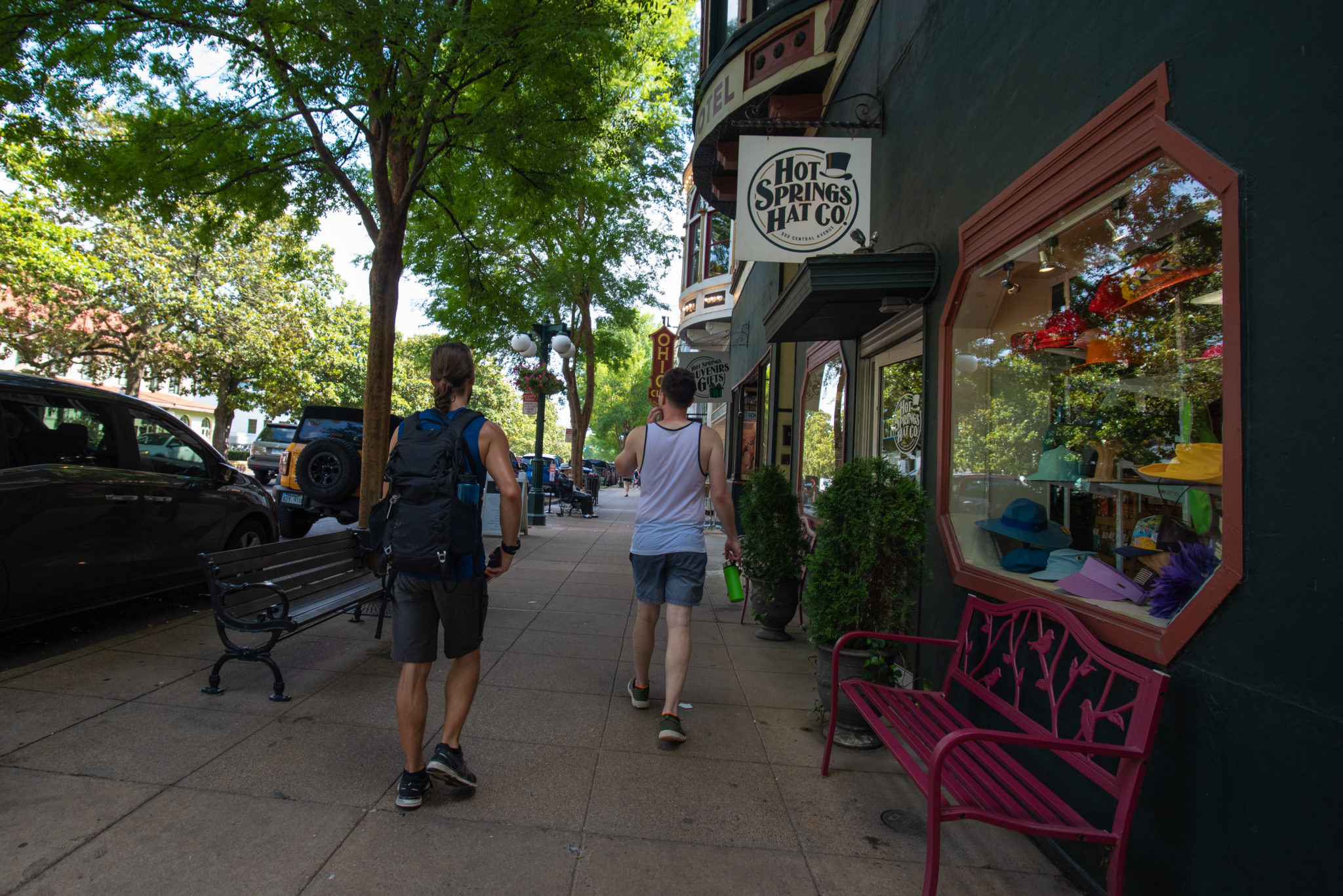
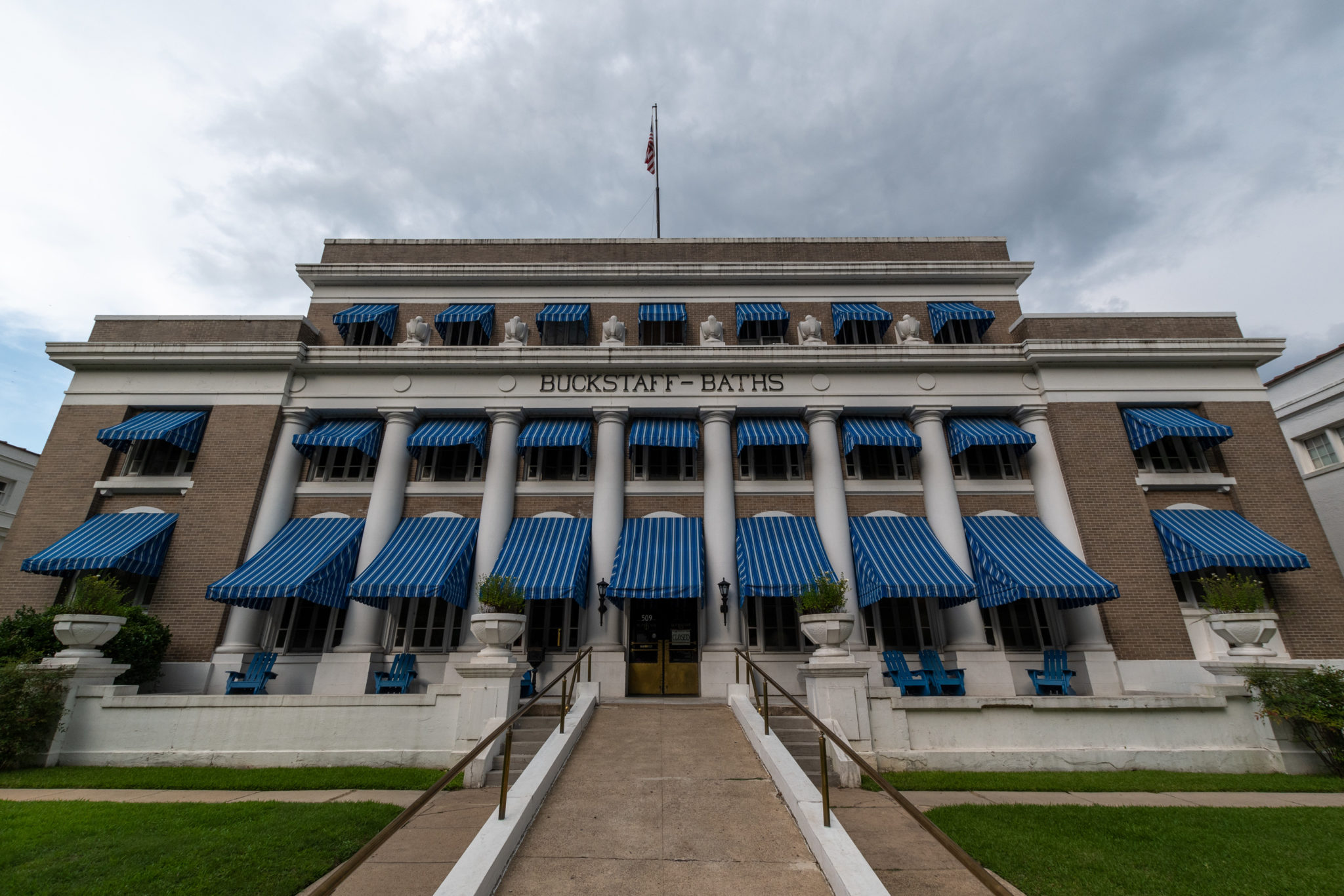
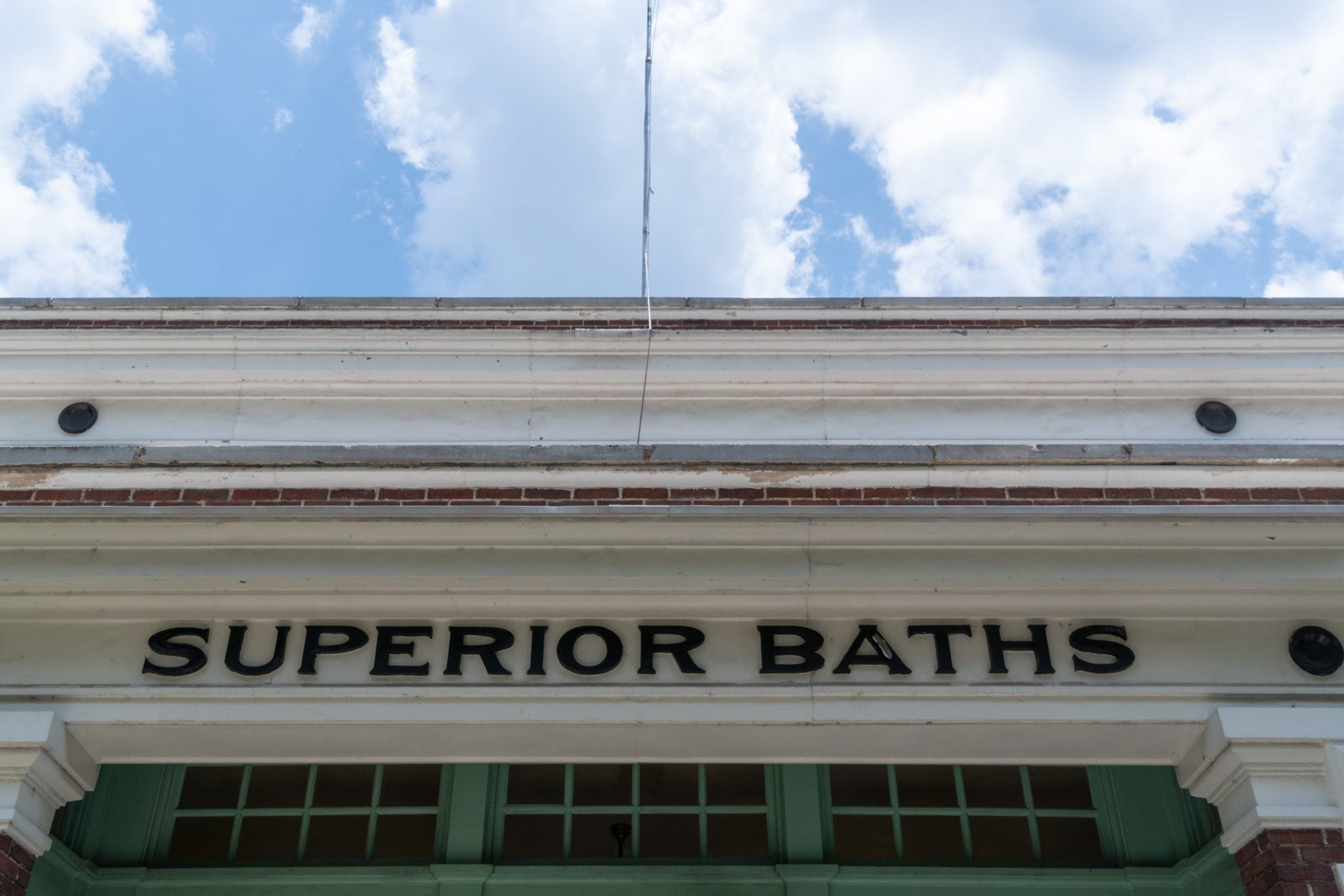
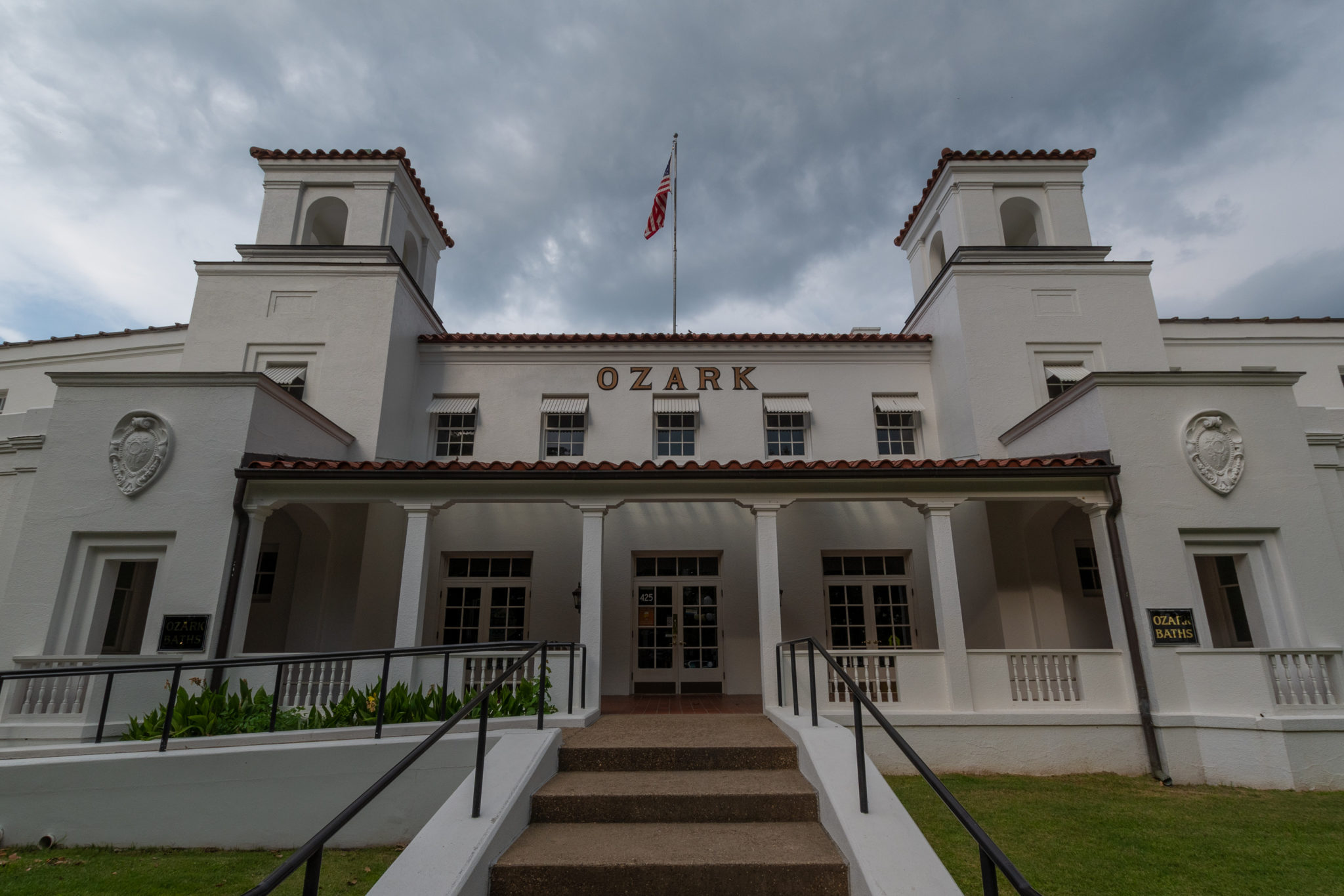
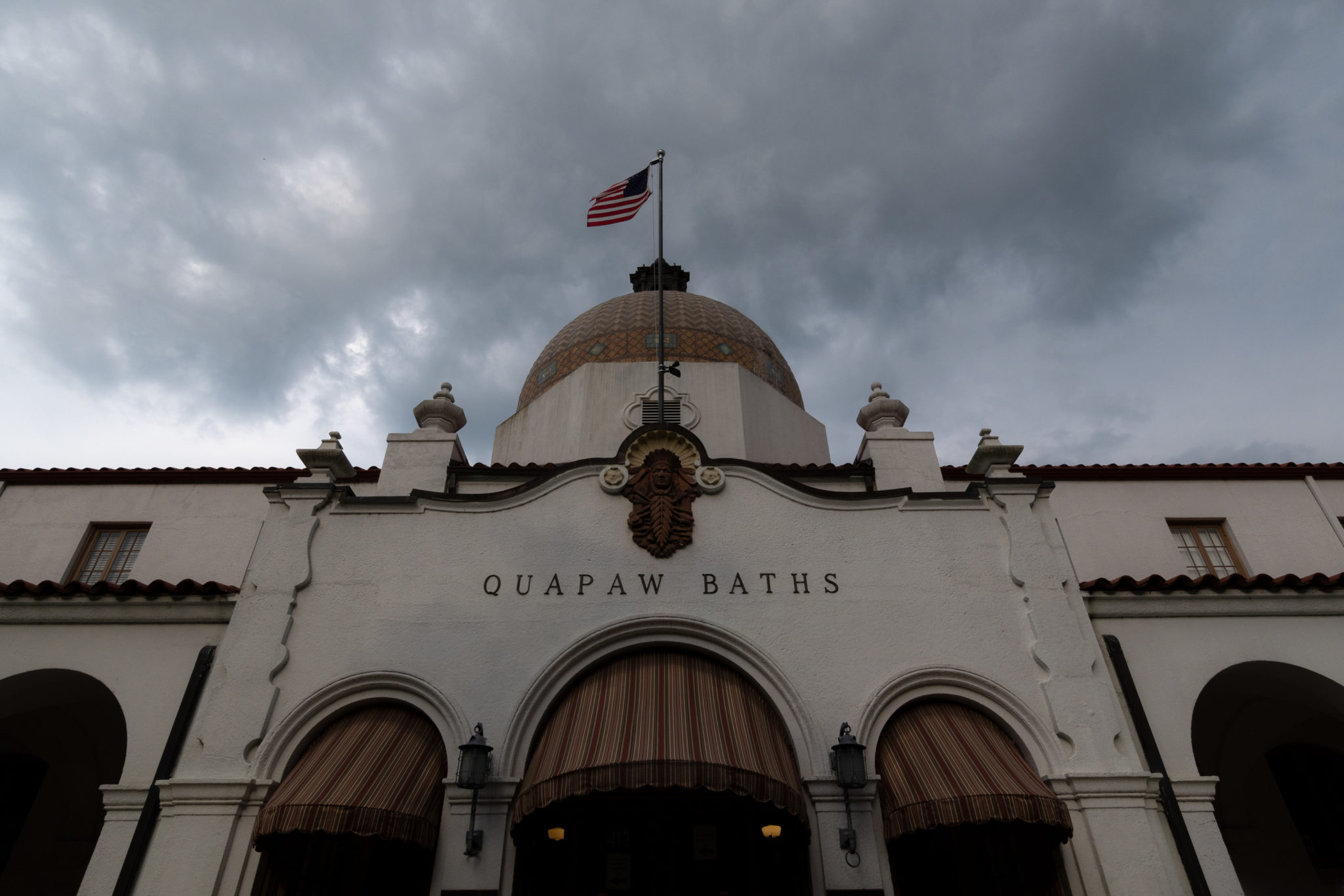
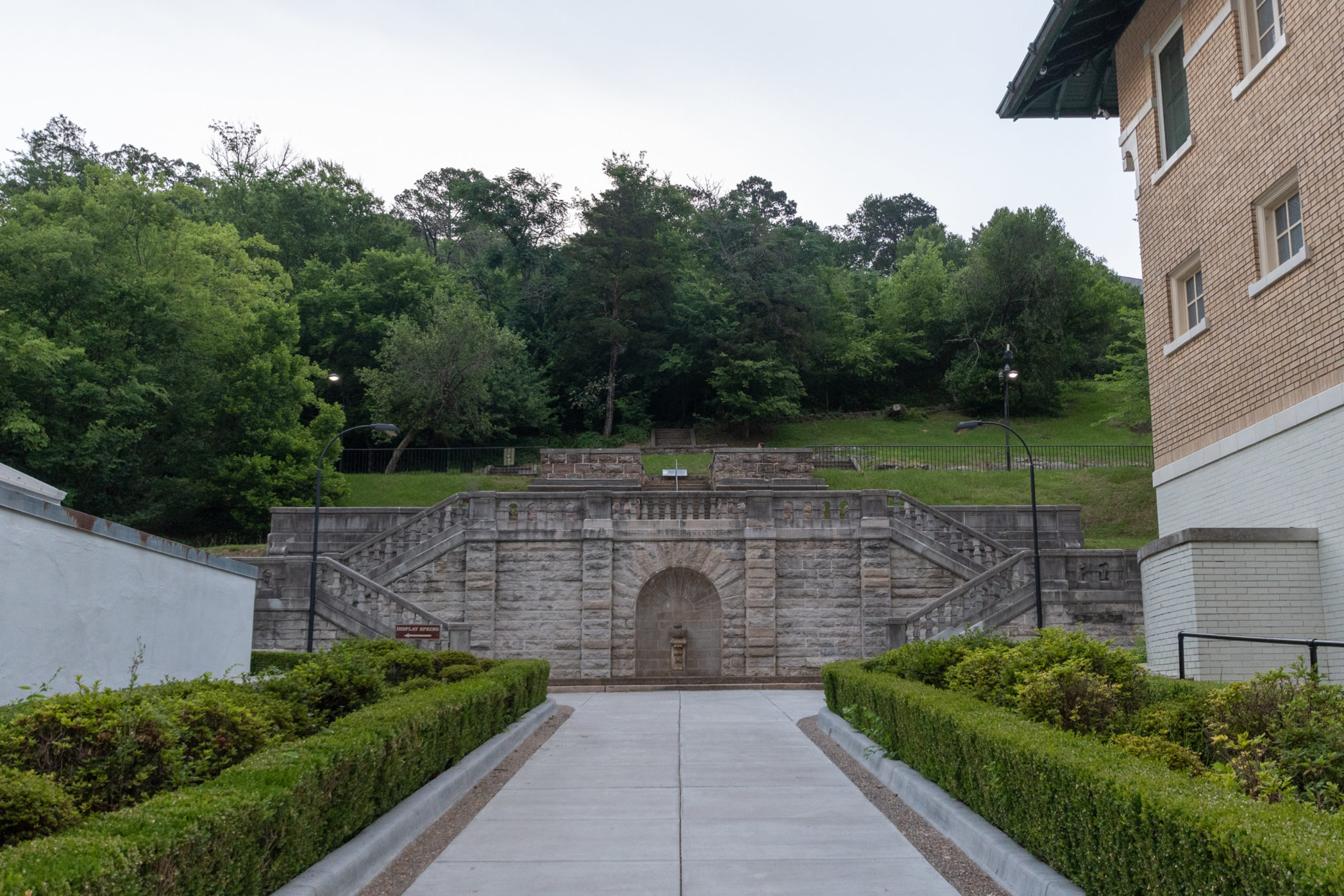
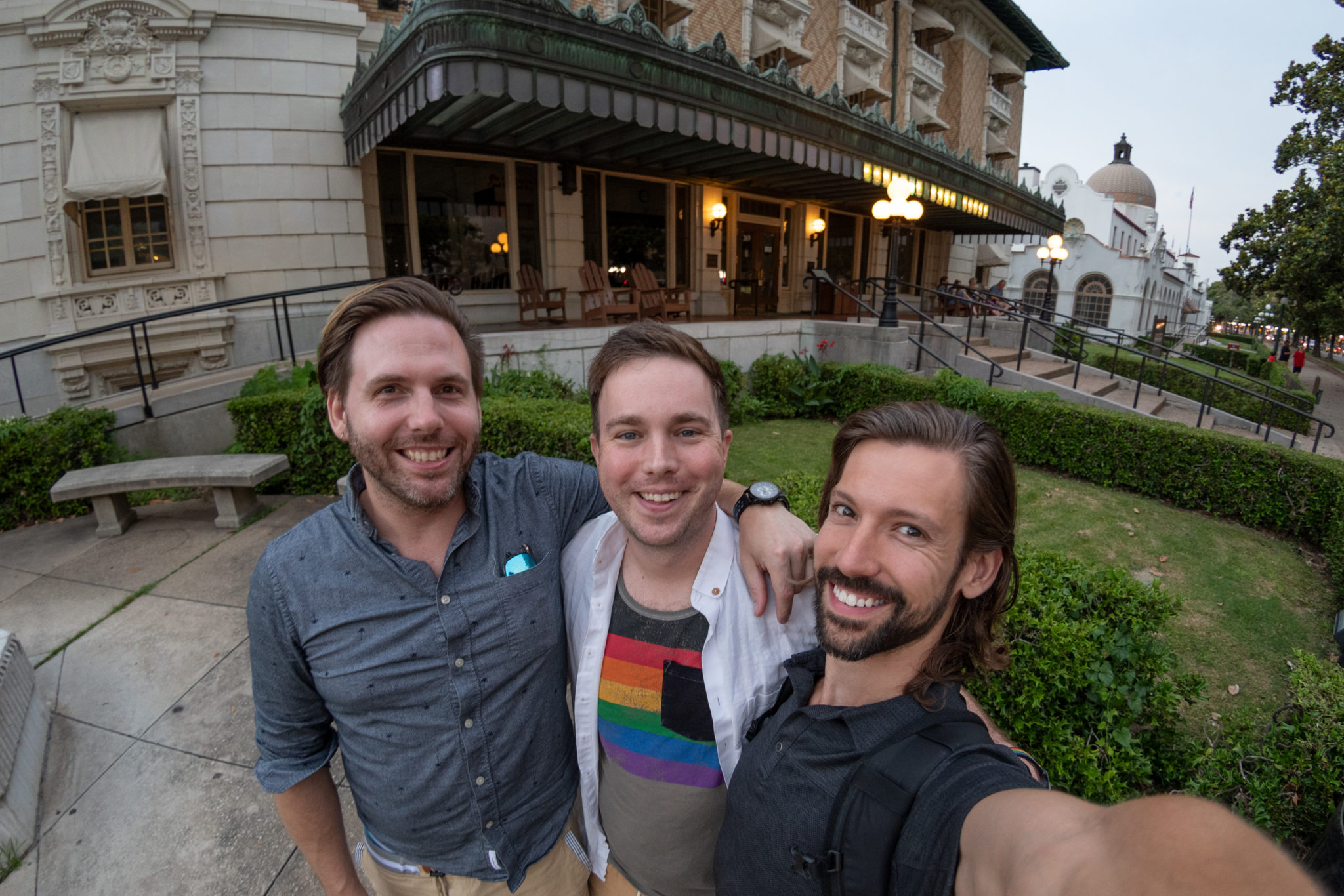
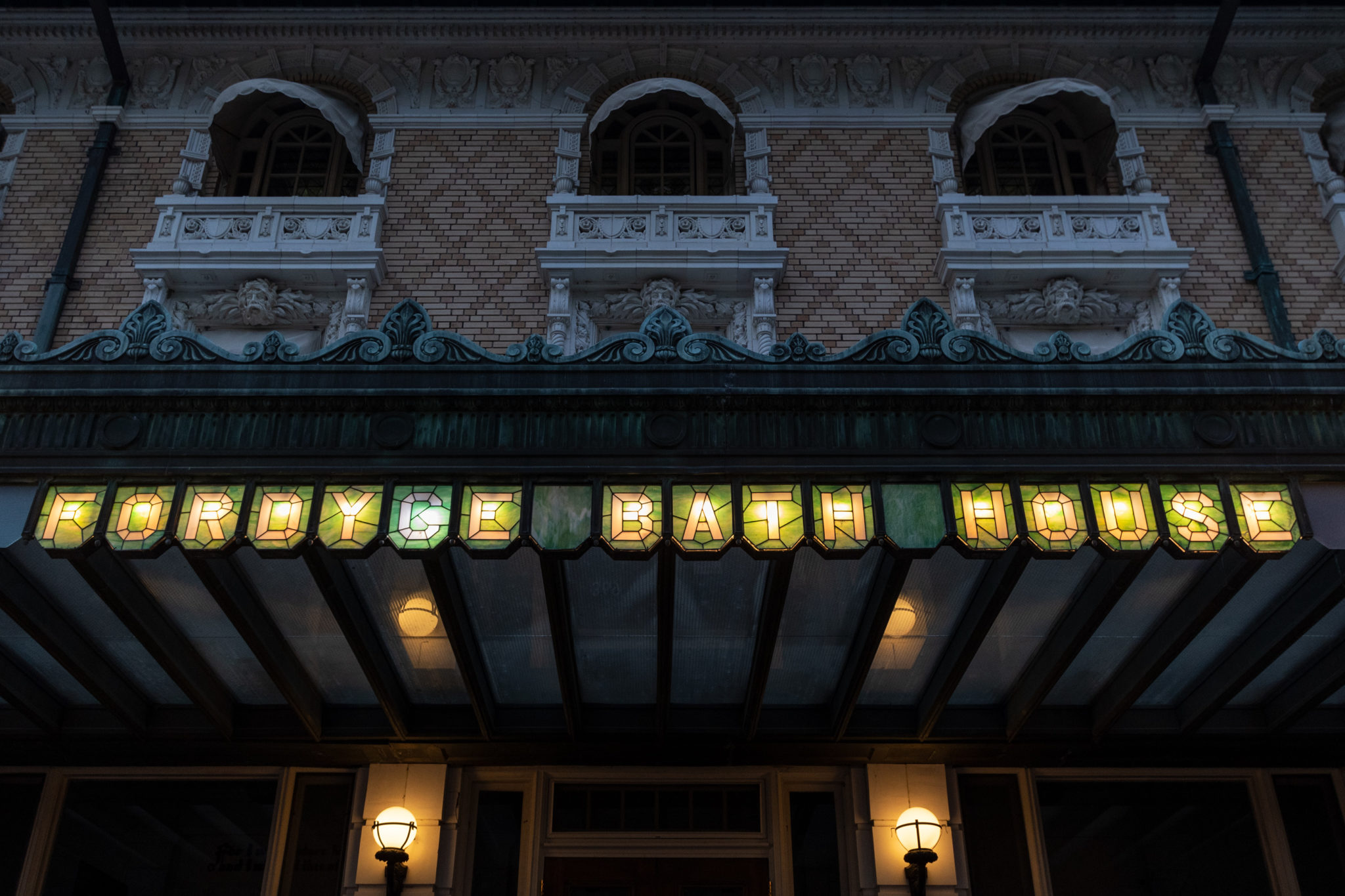
And finally back to the cabin for another dramatic sunset.
